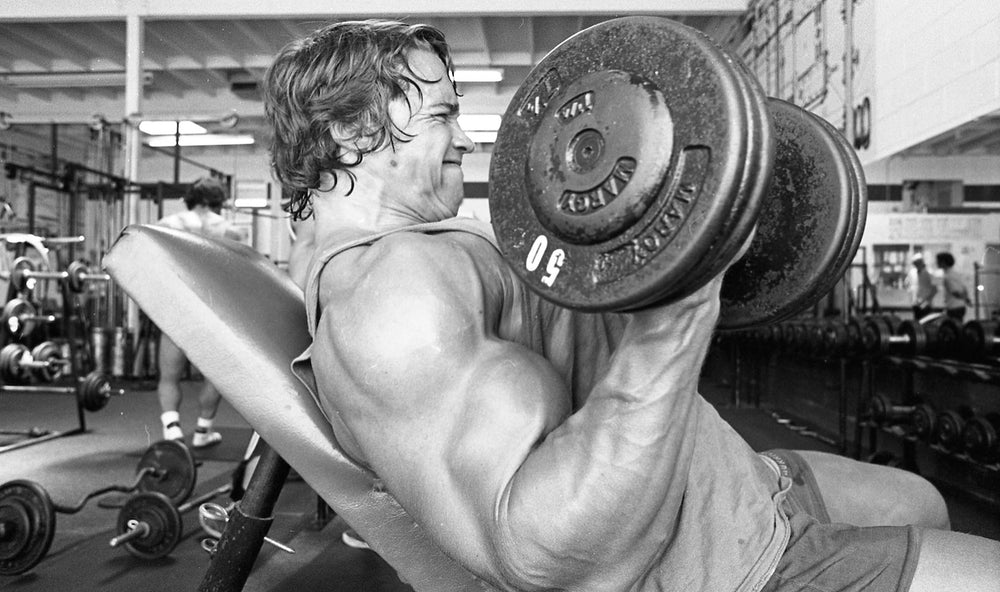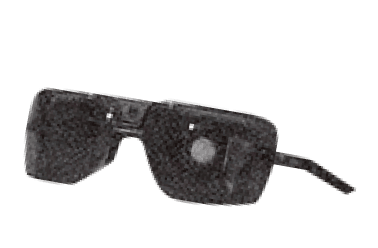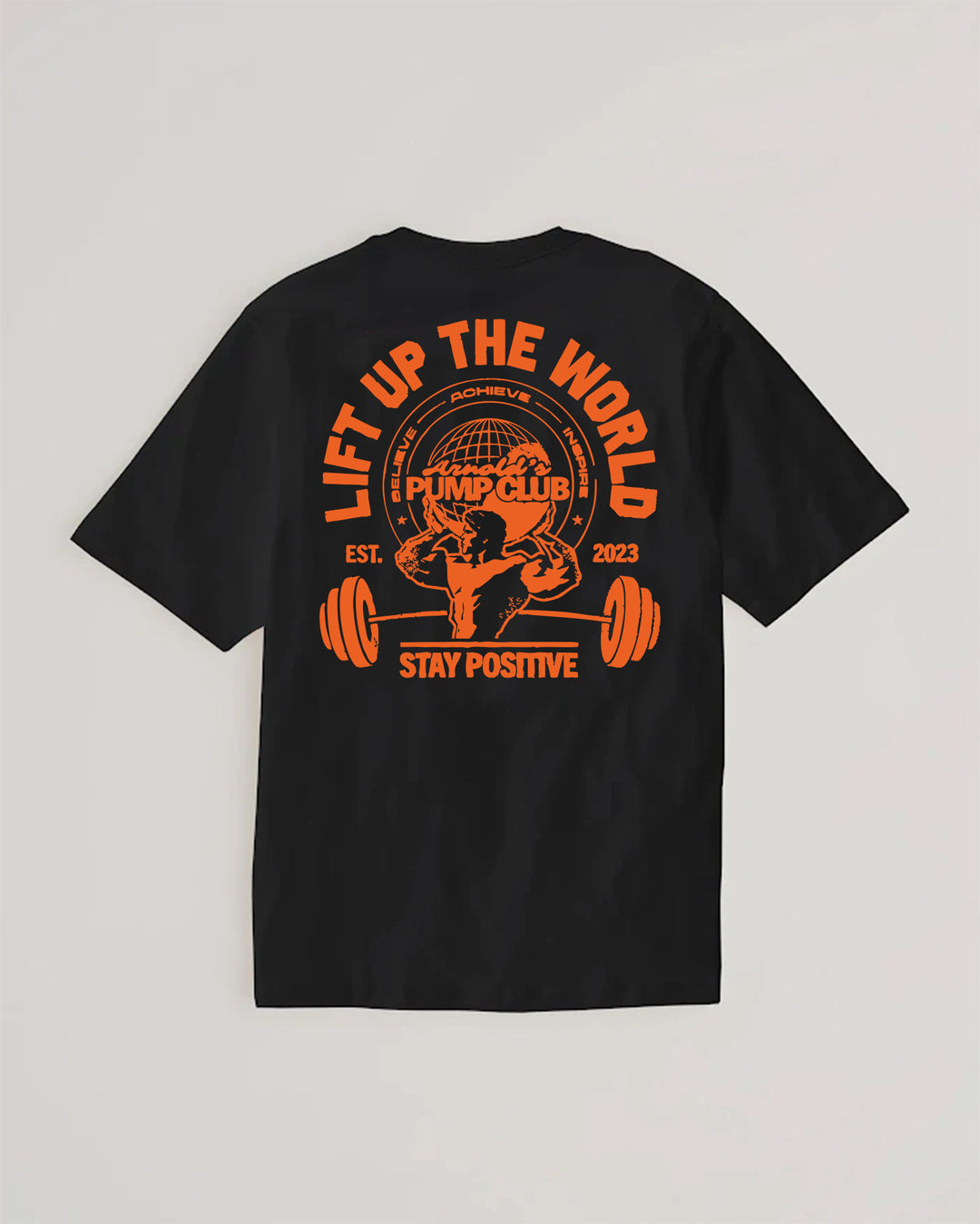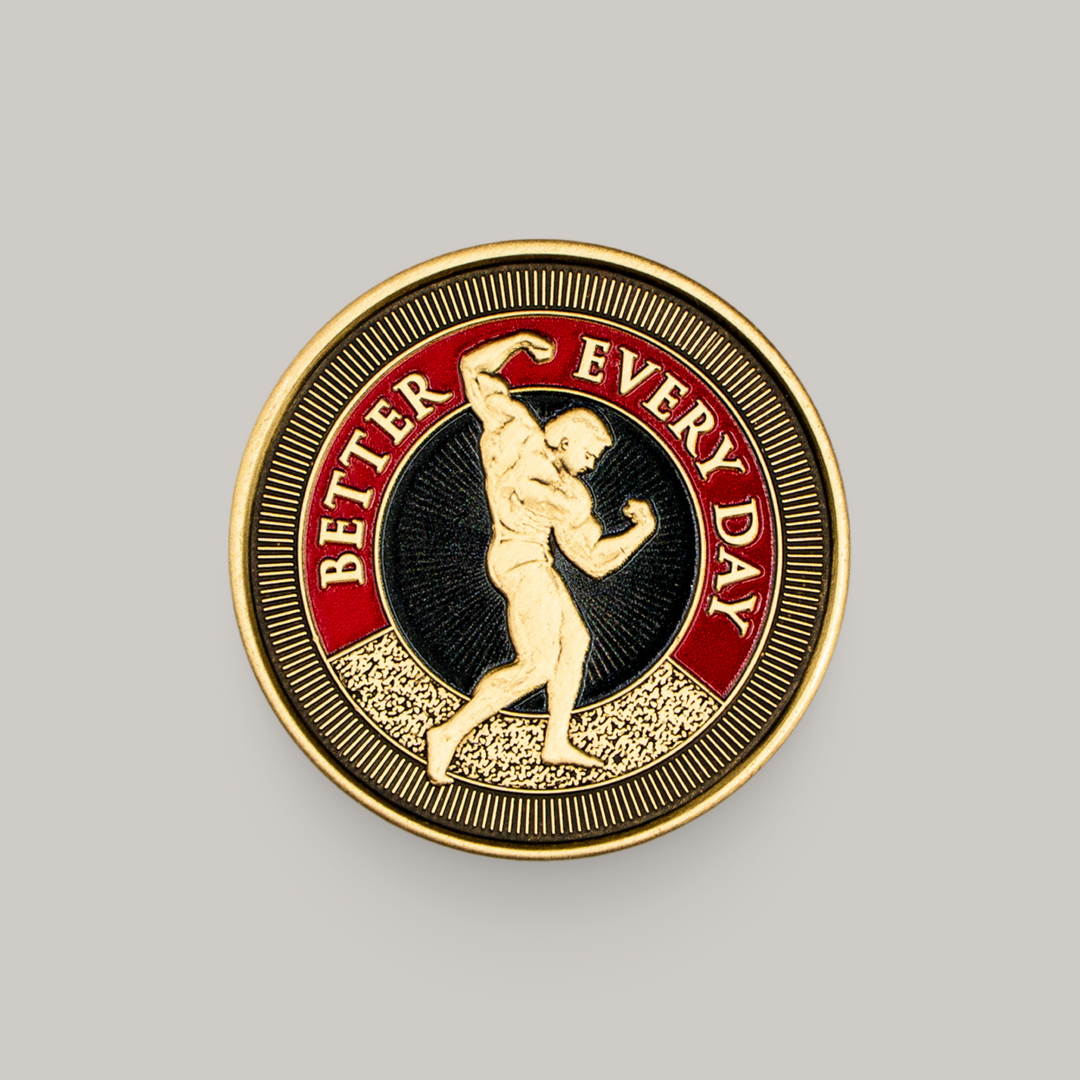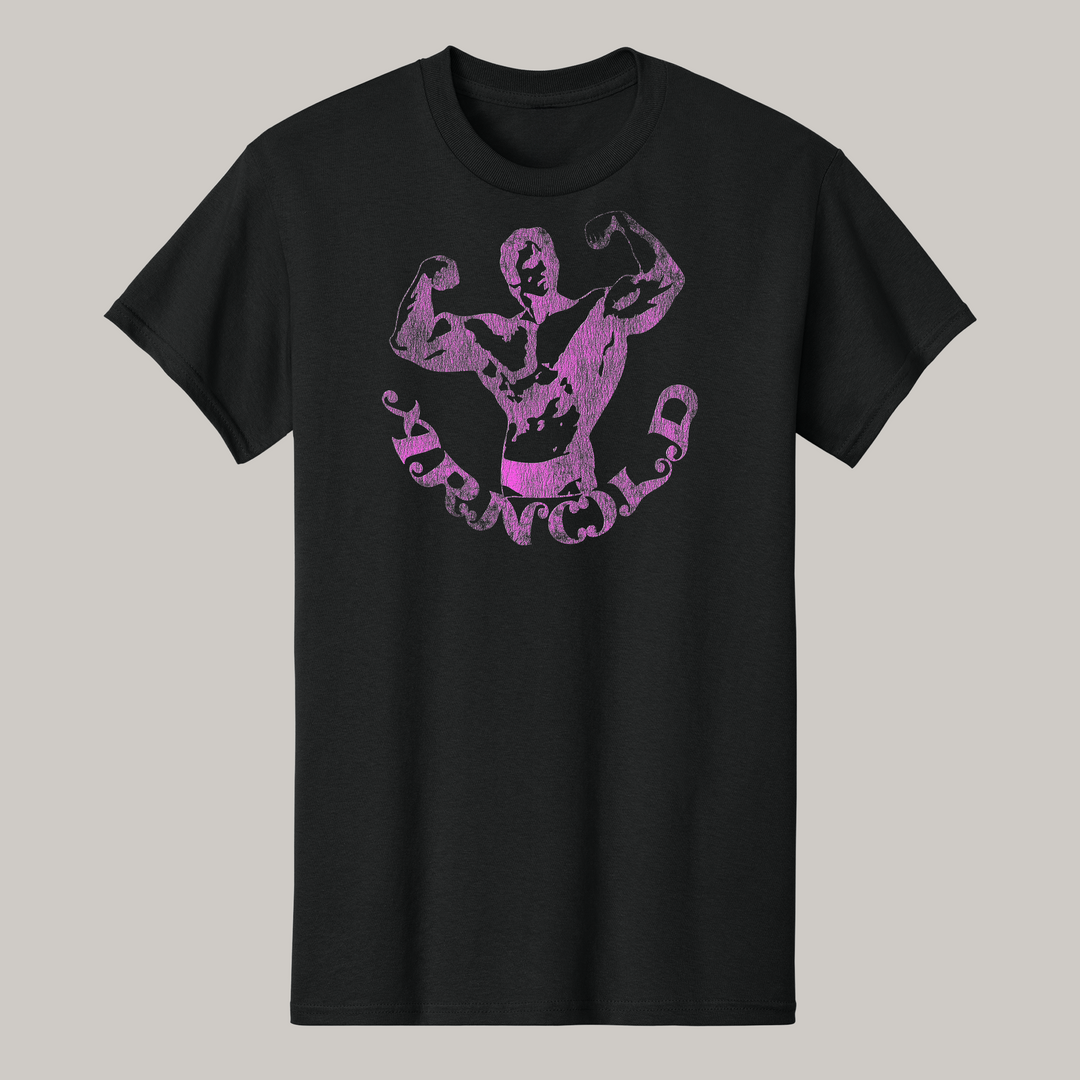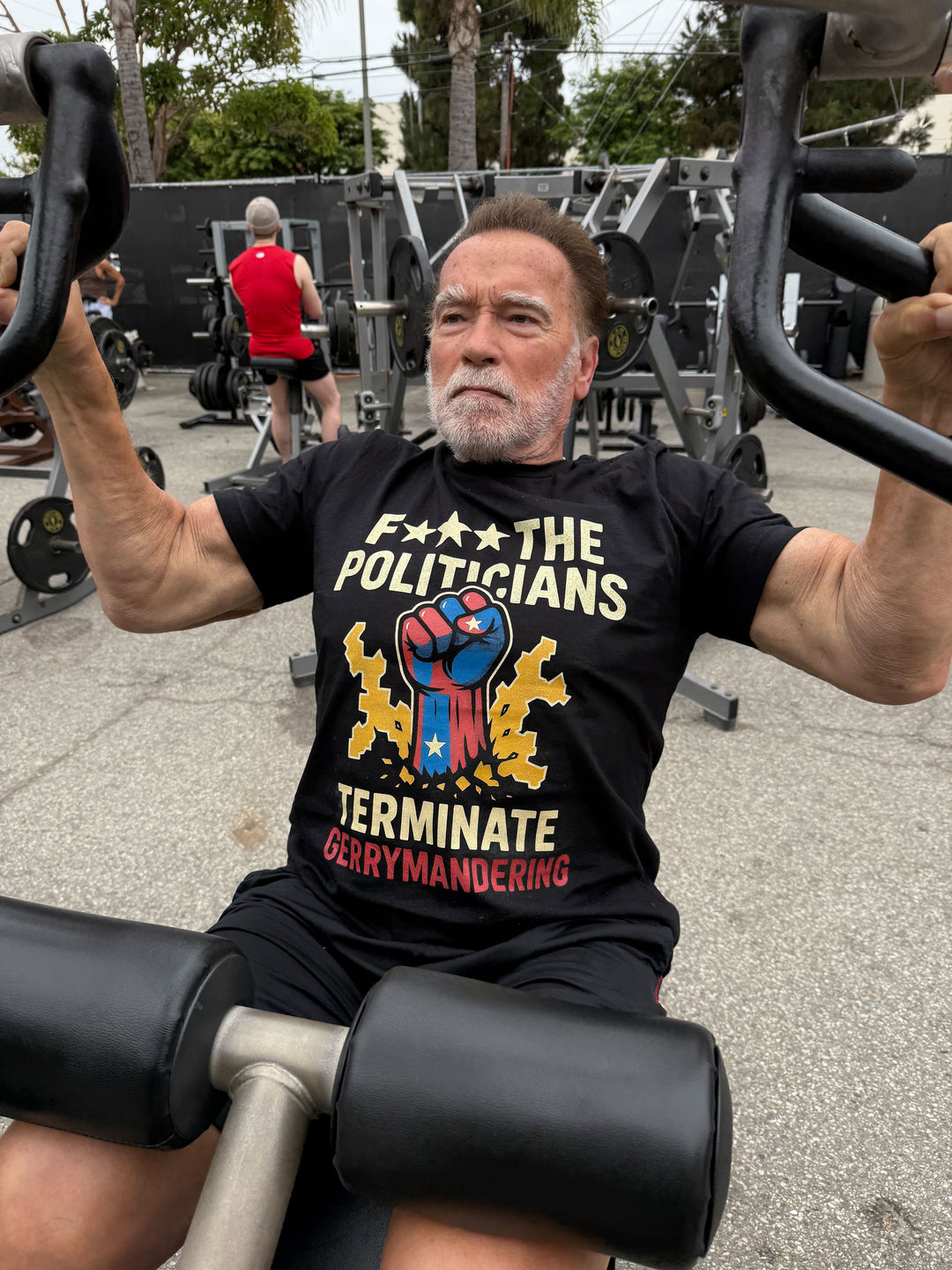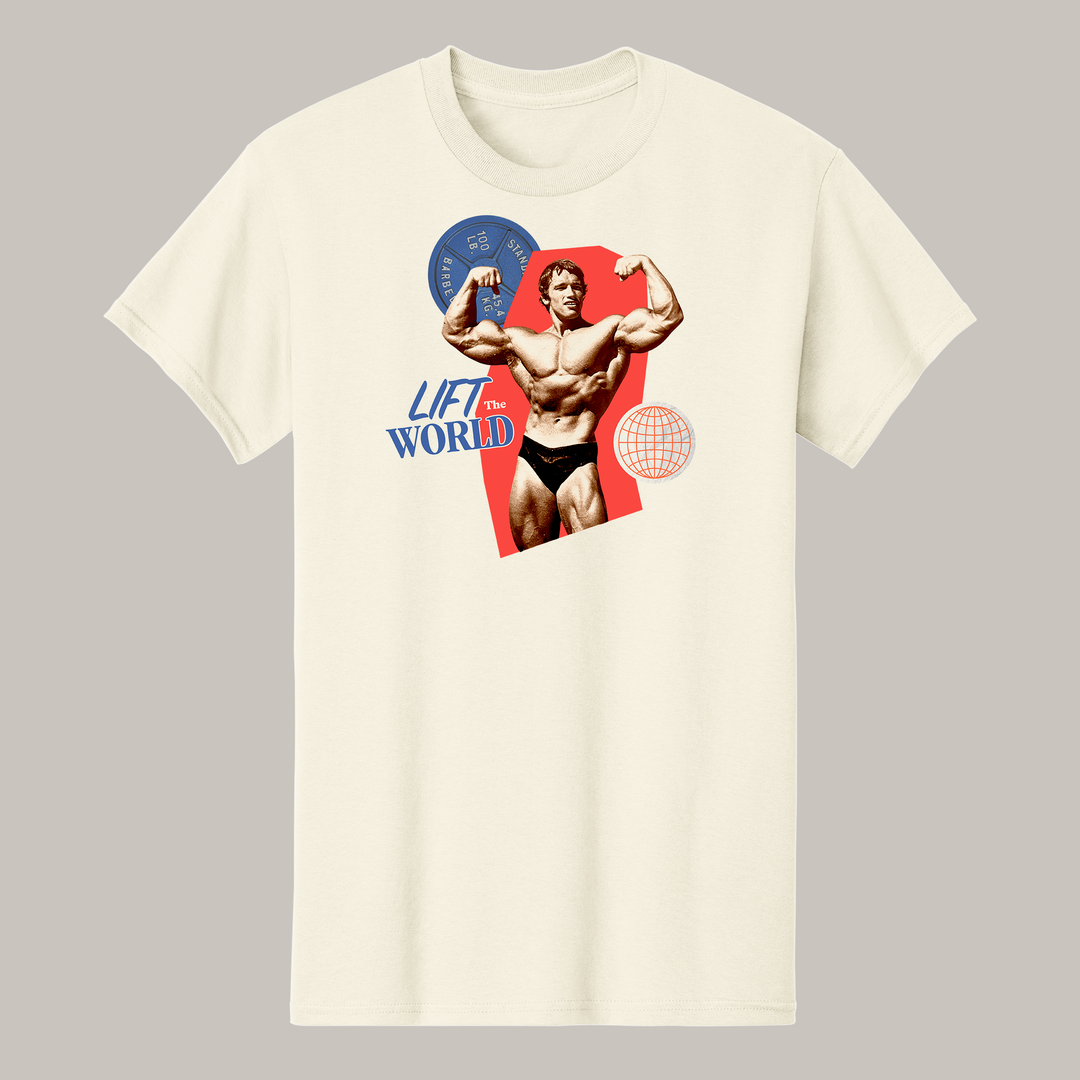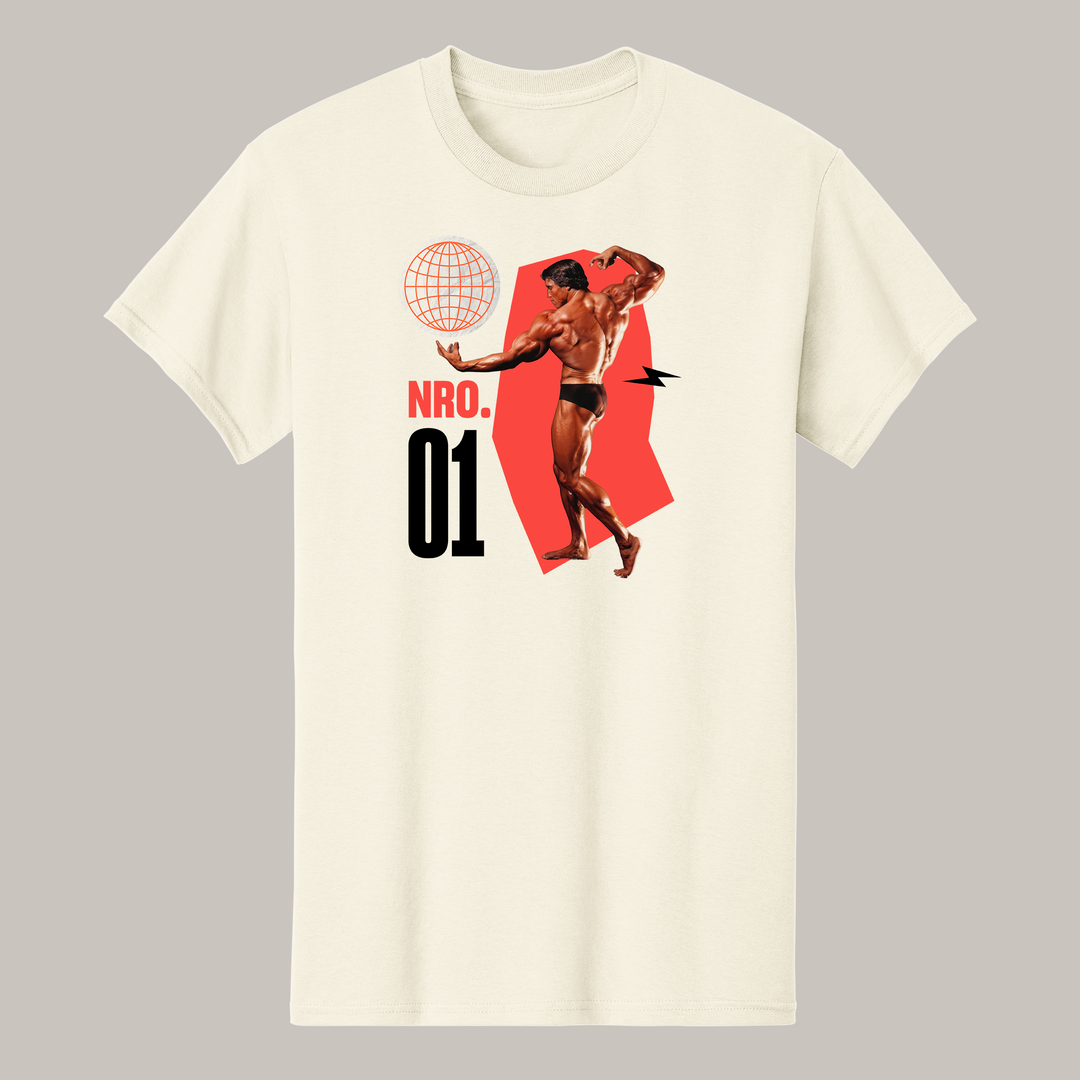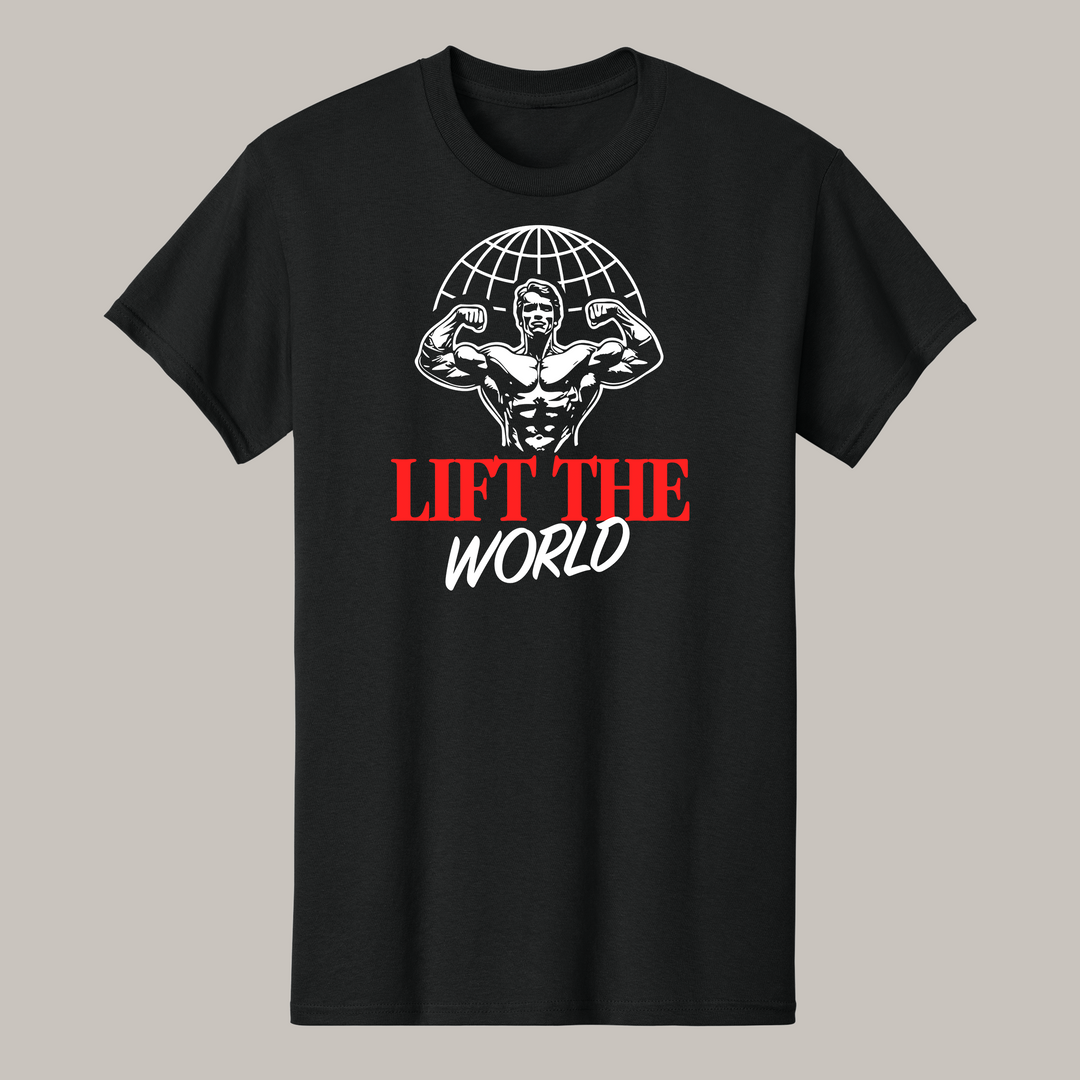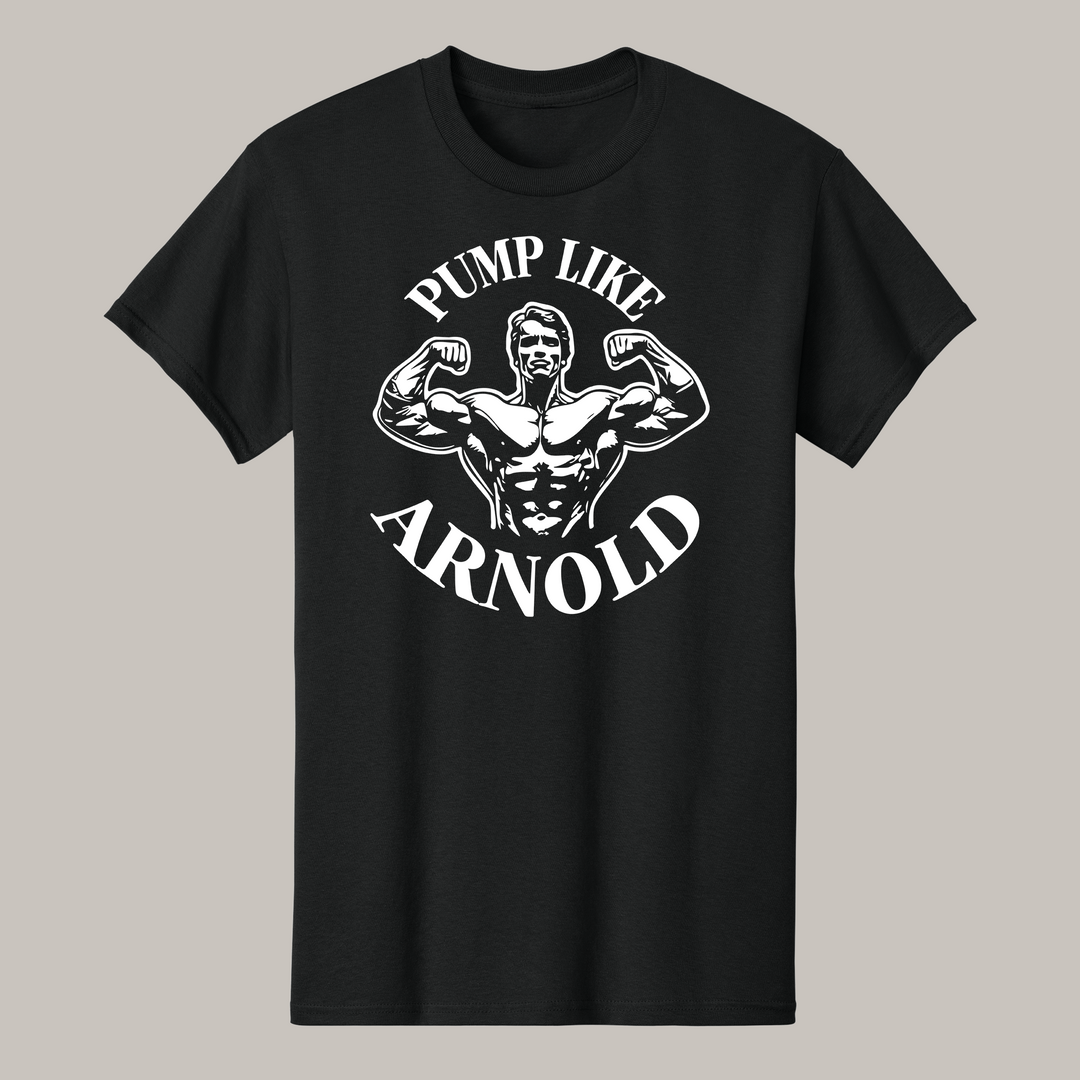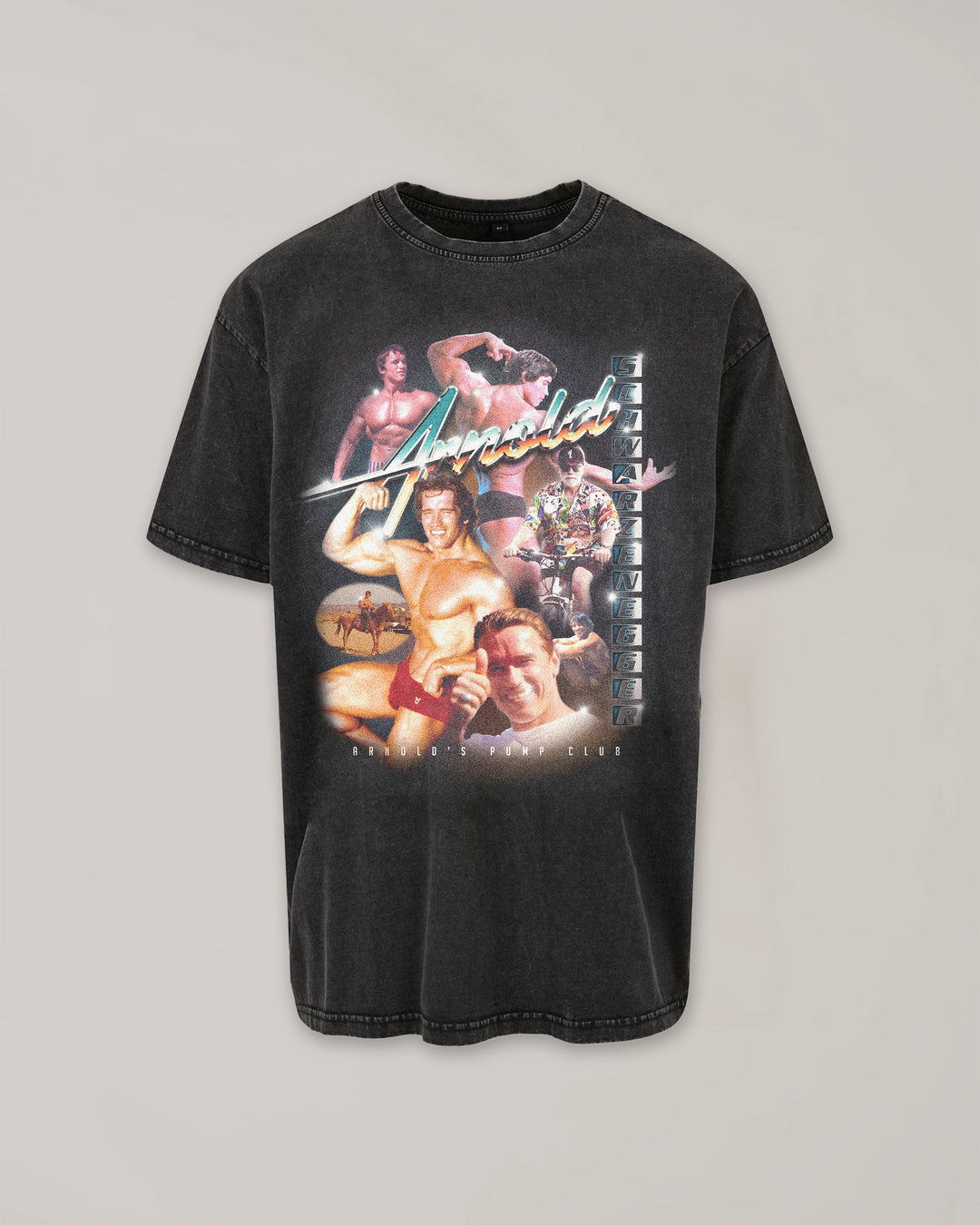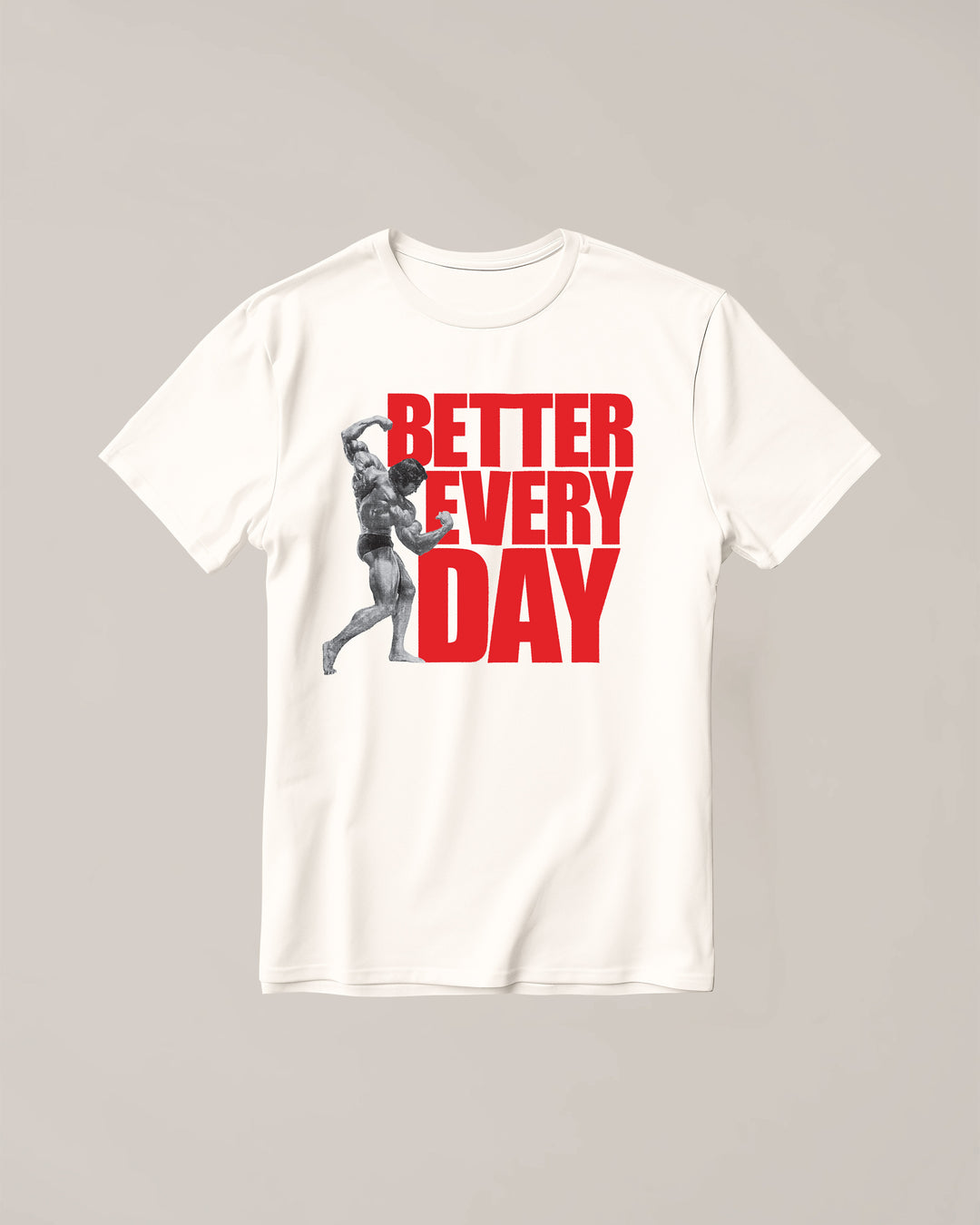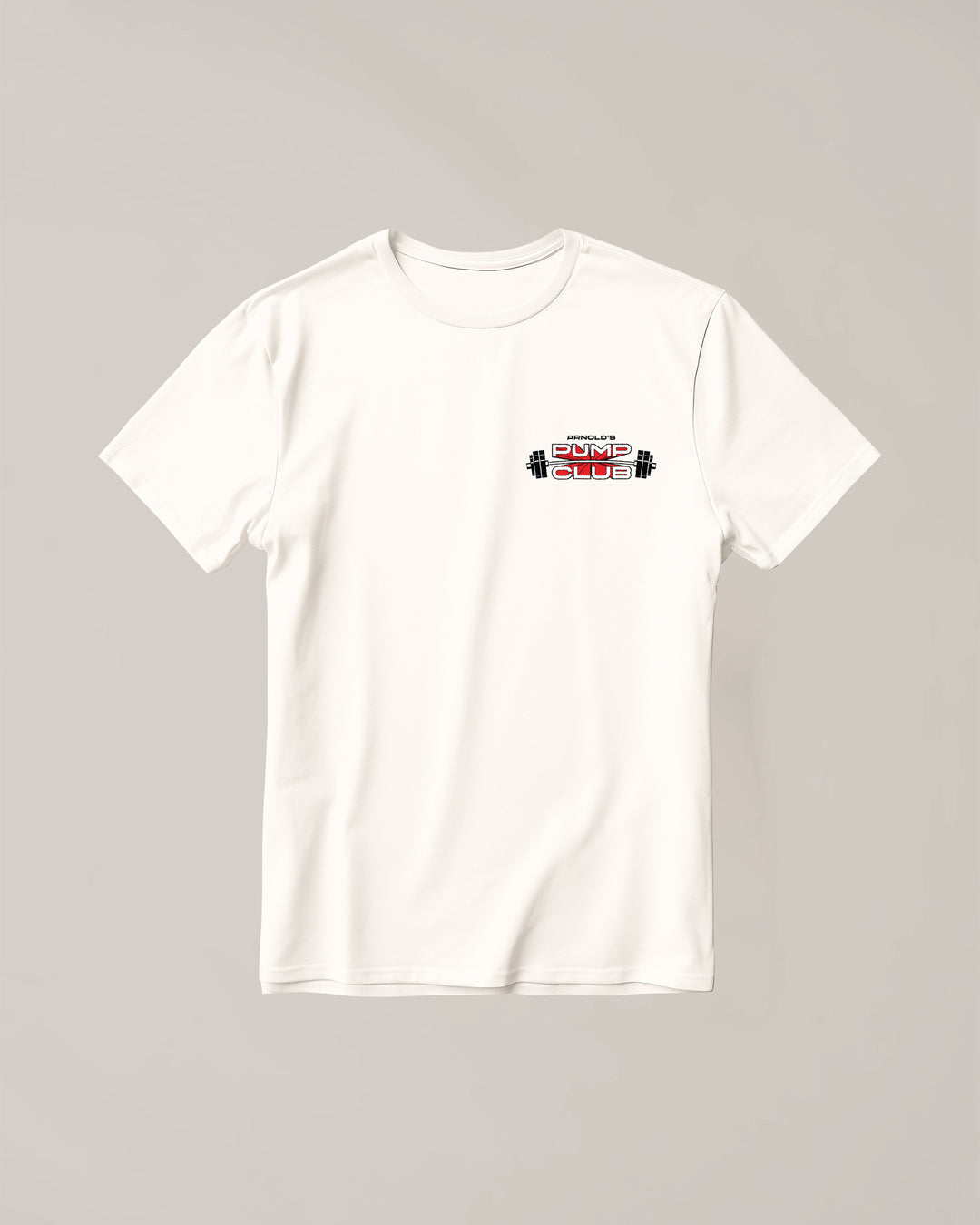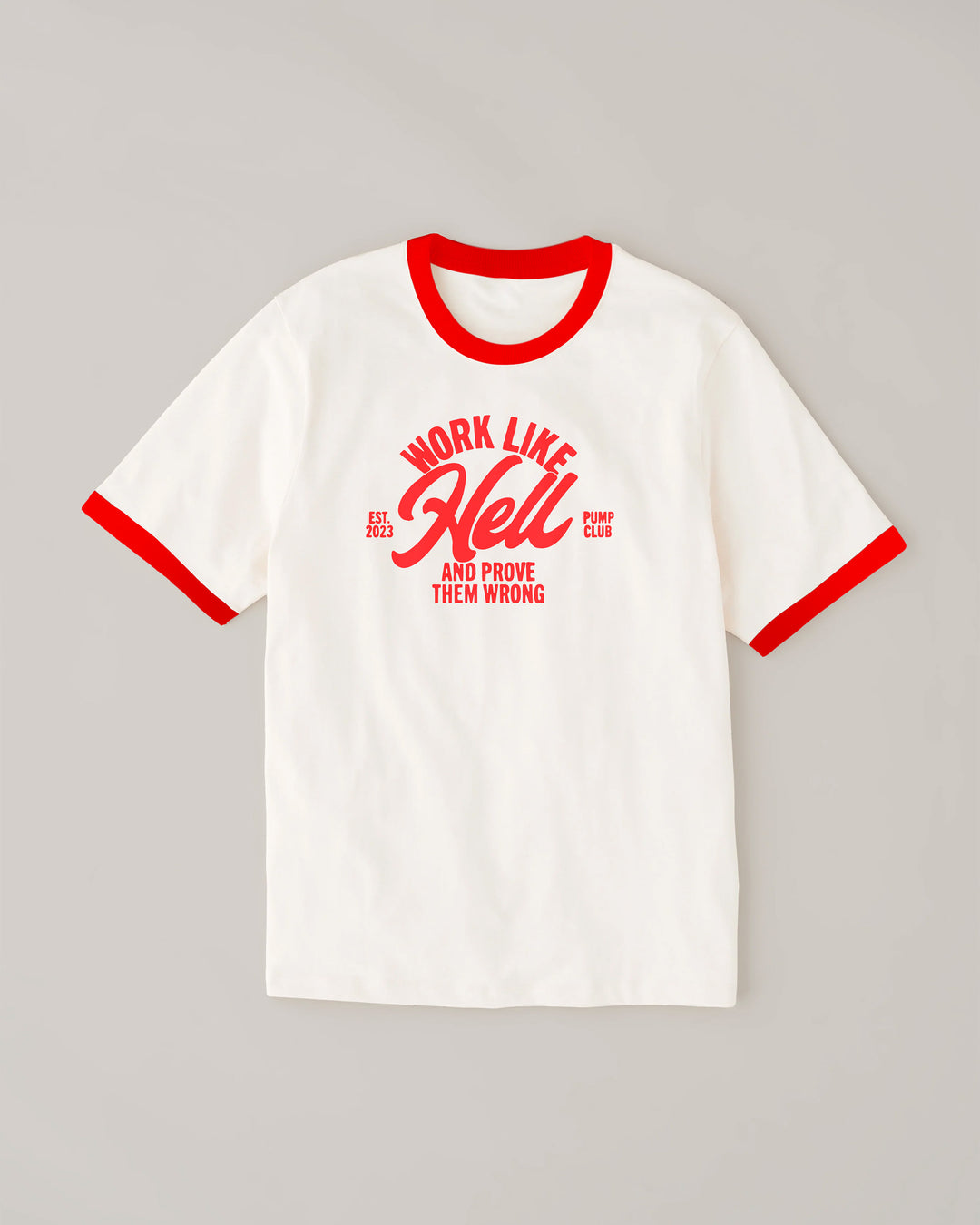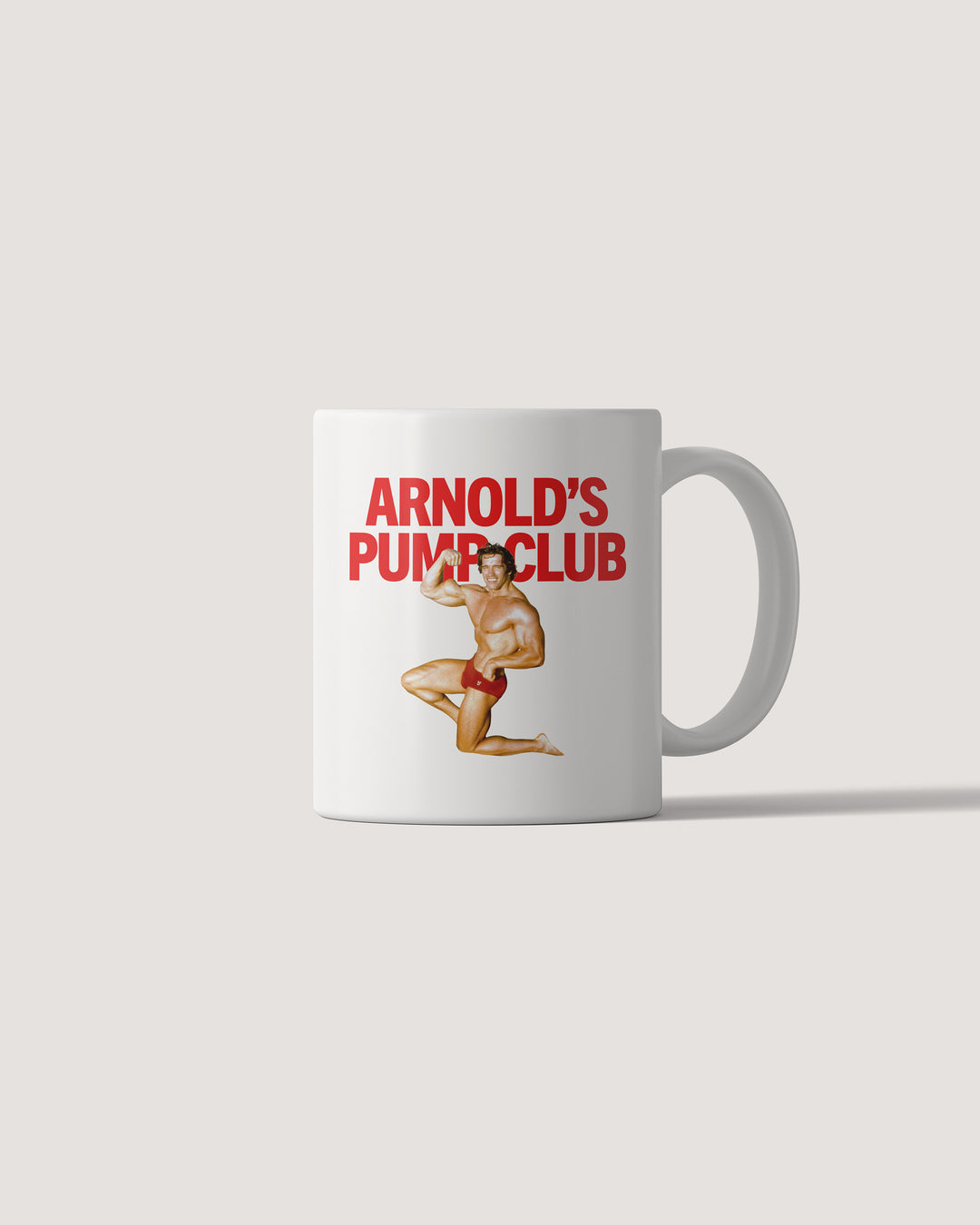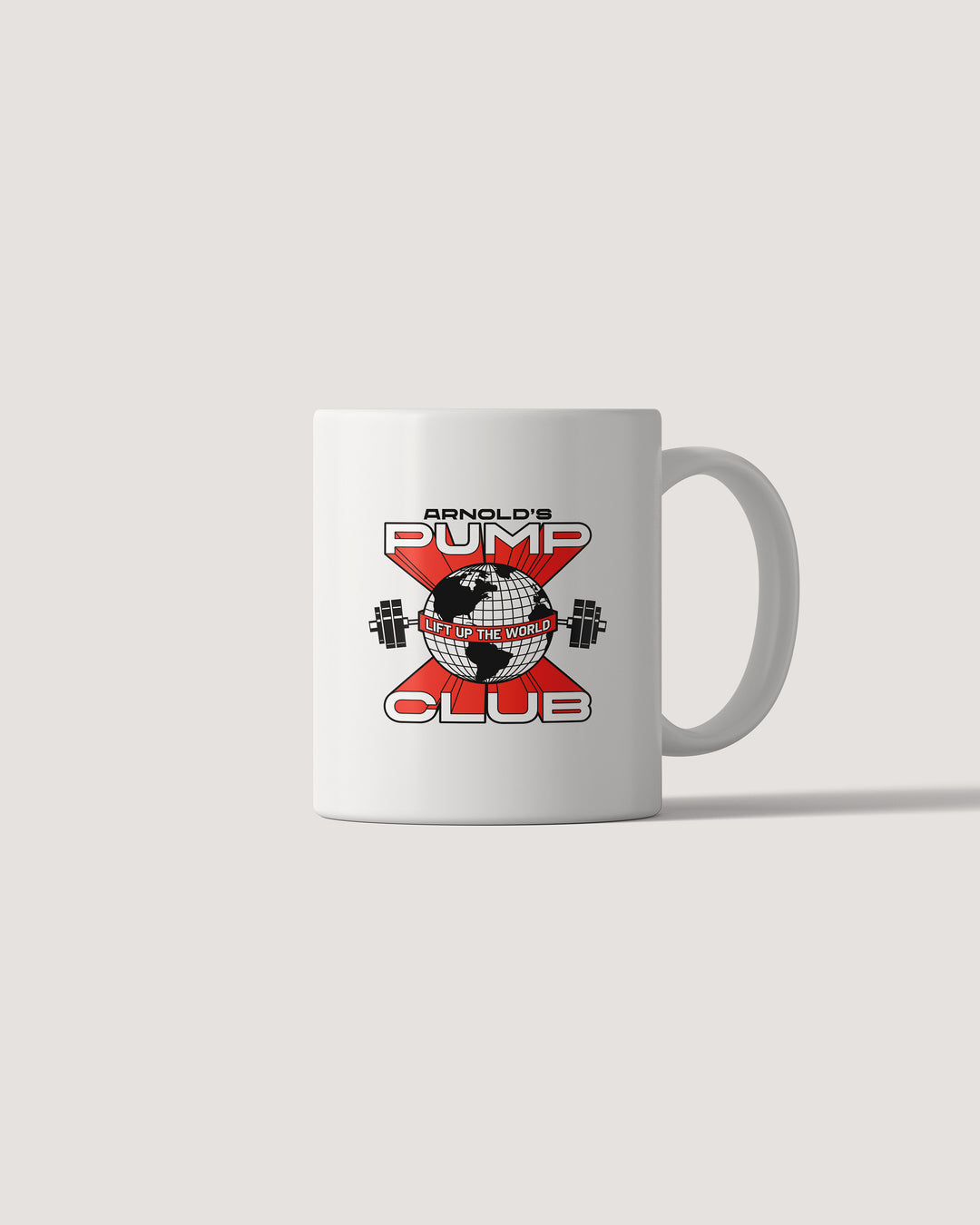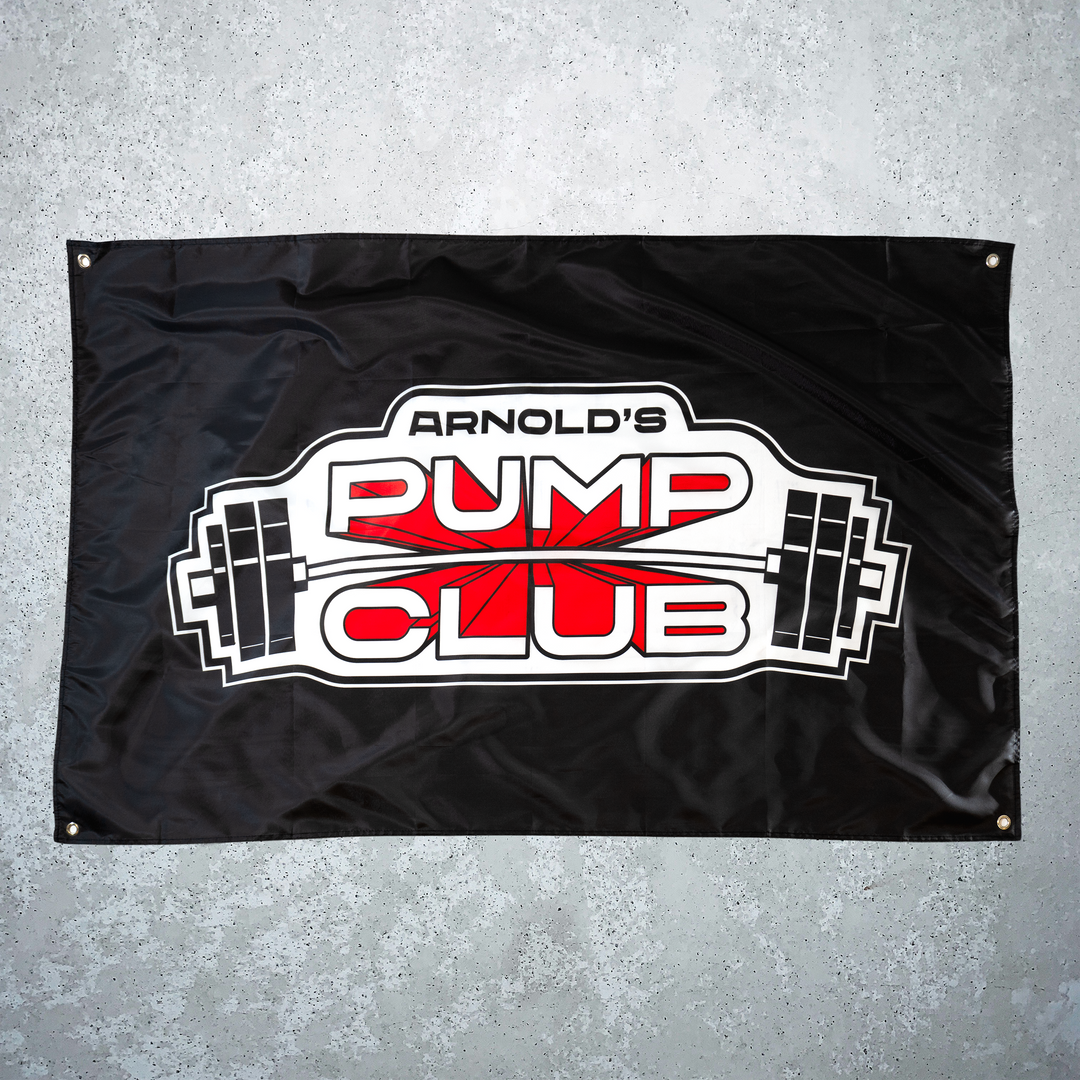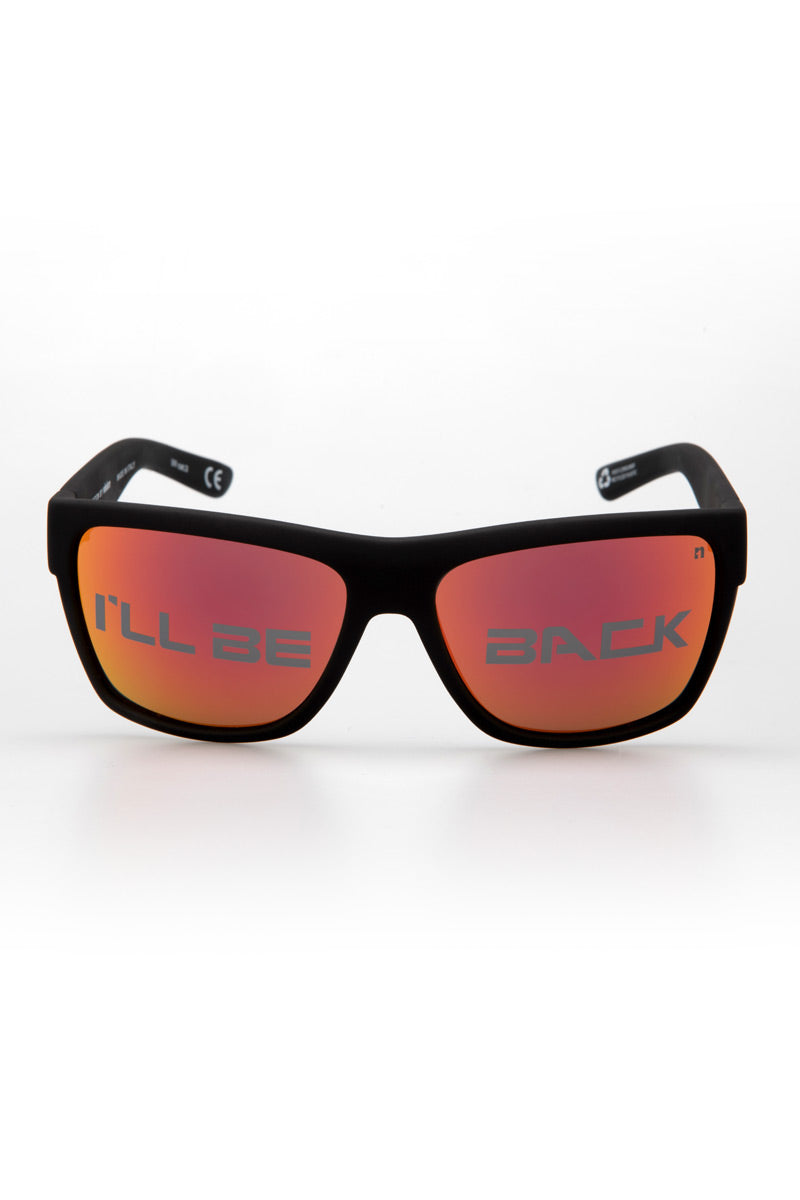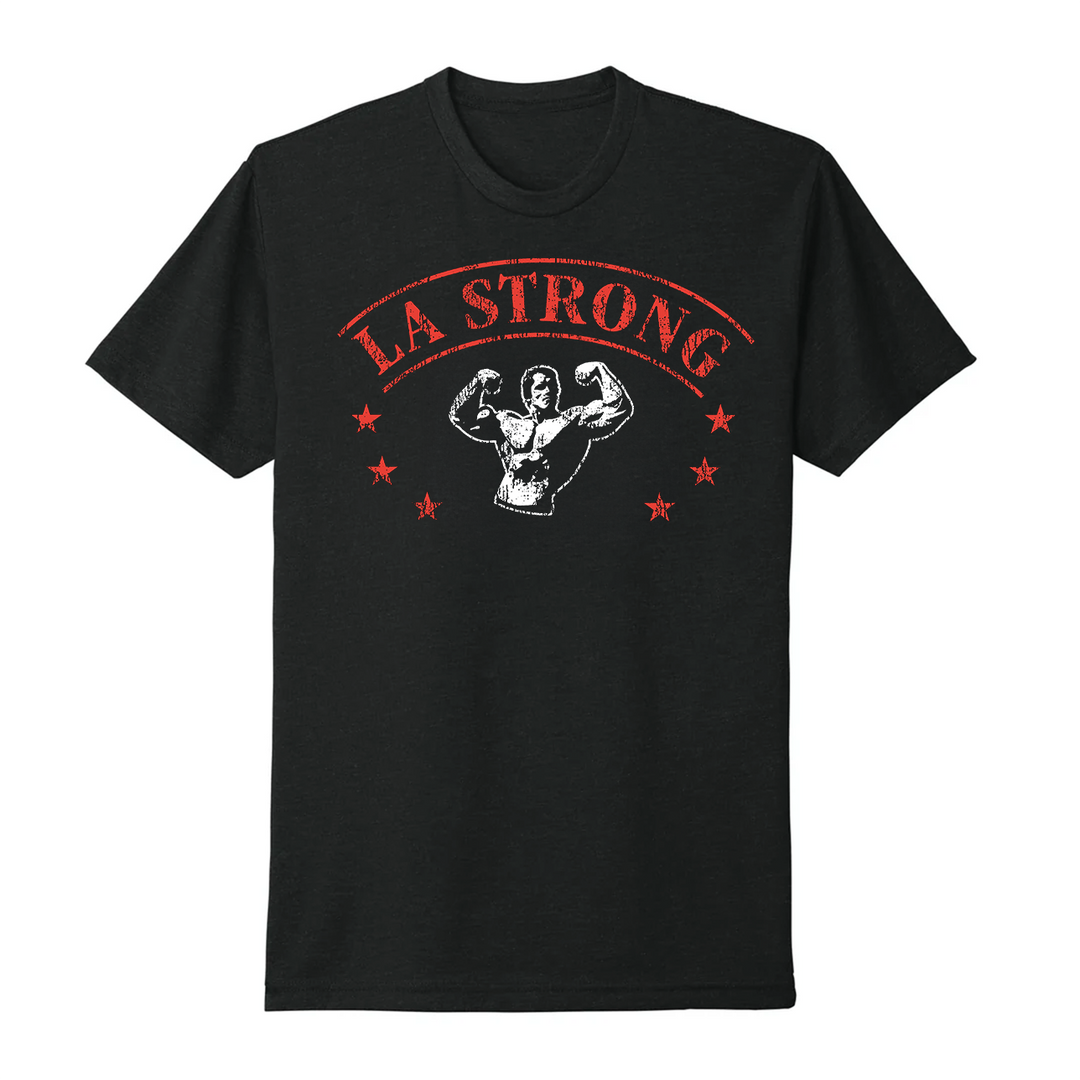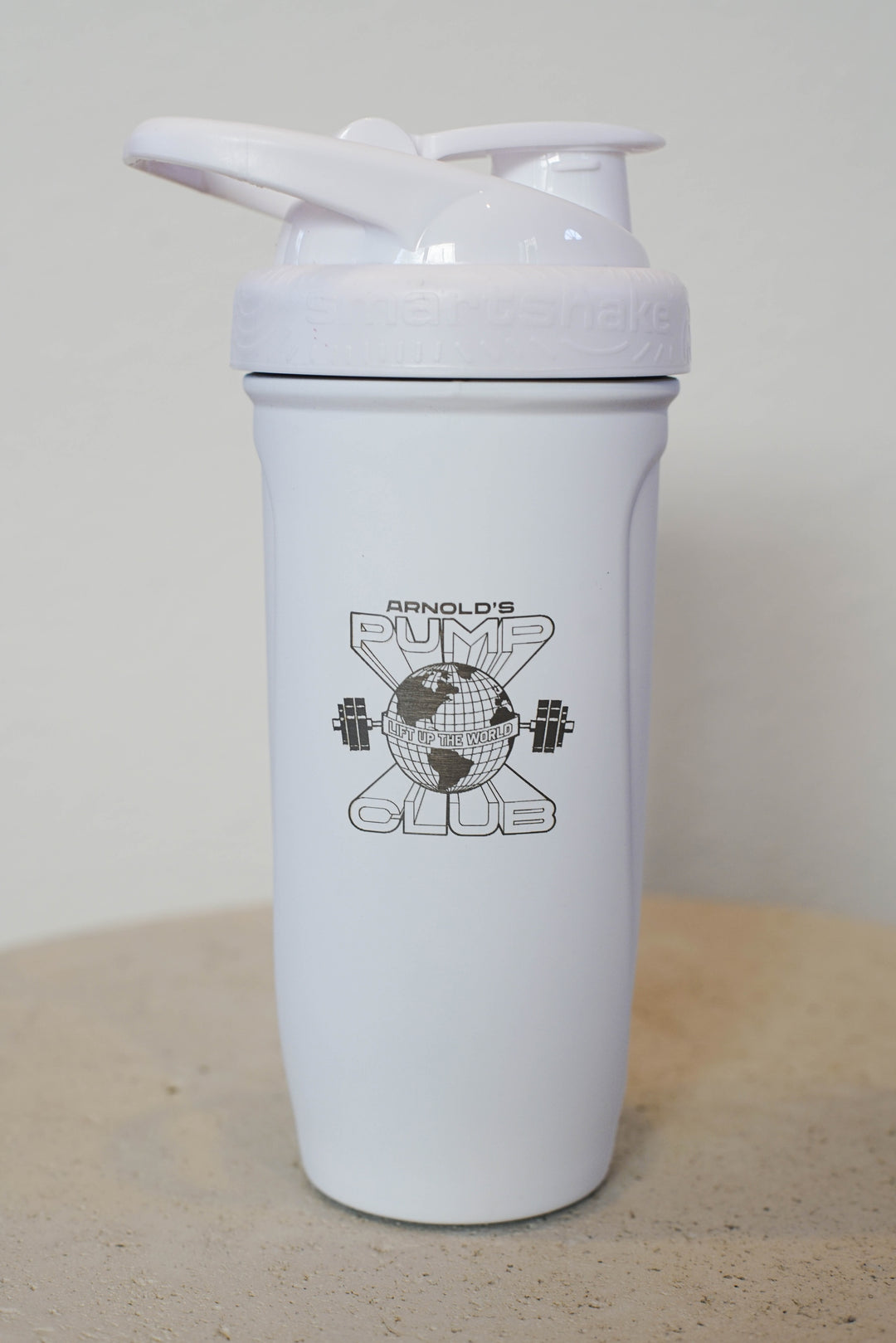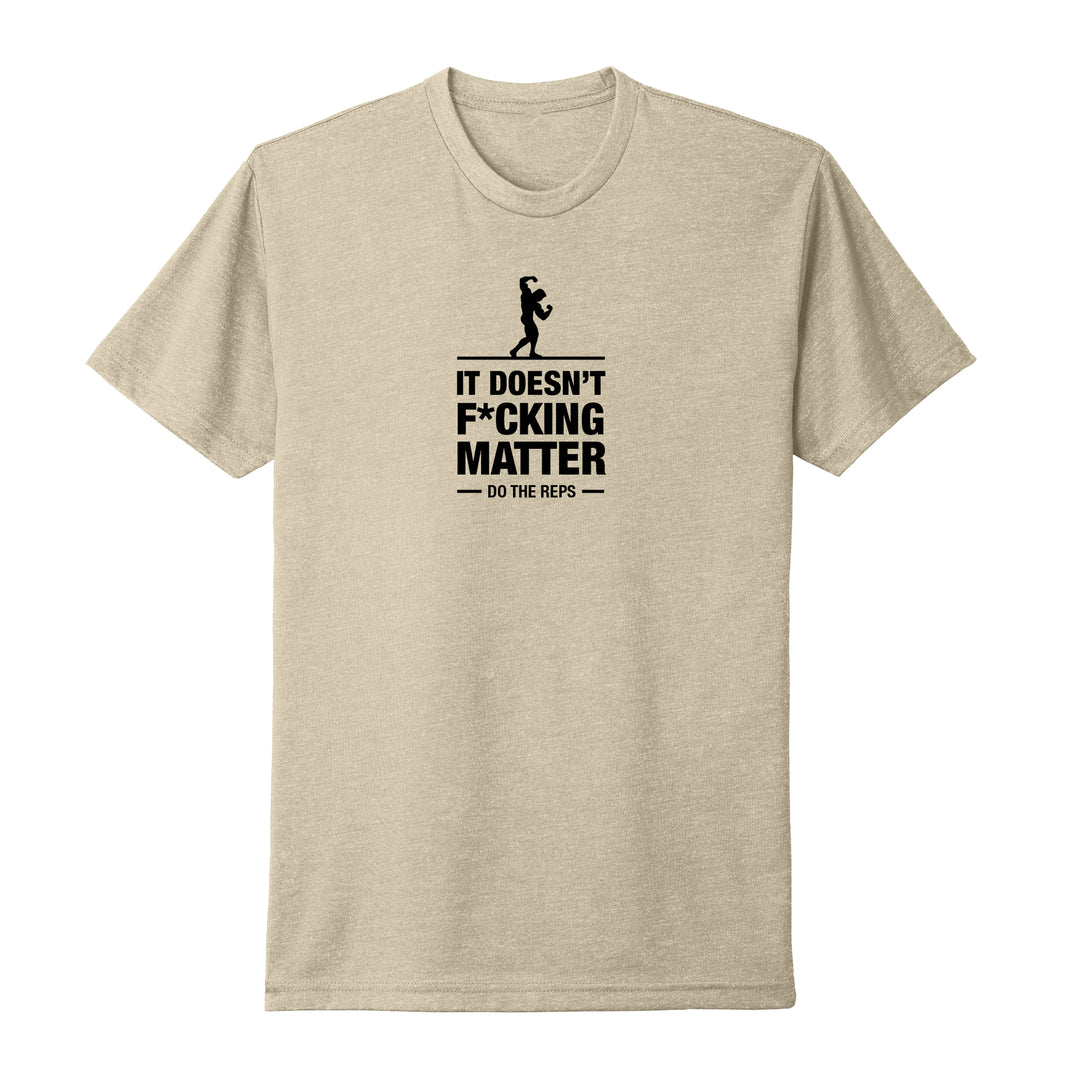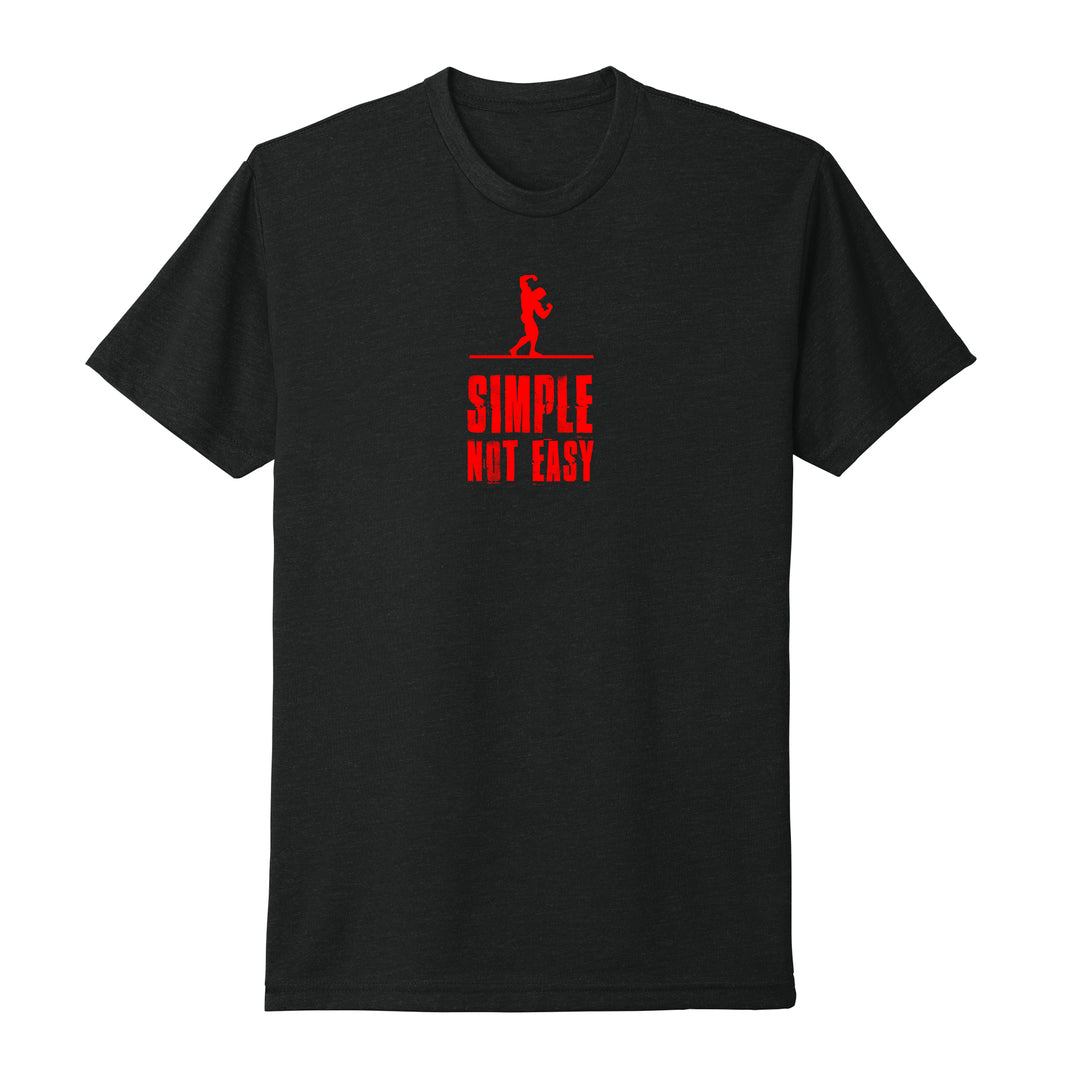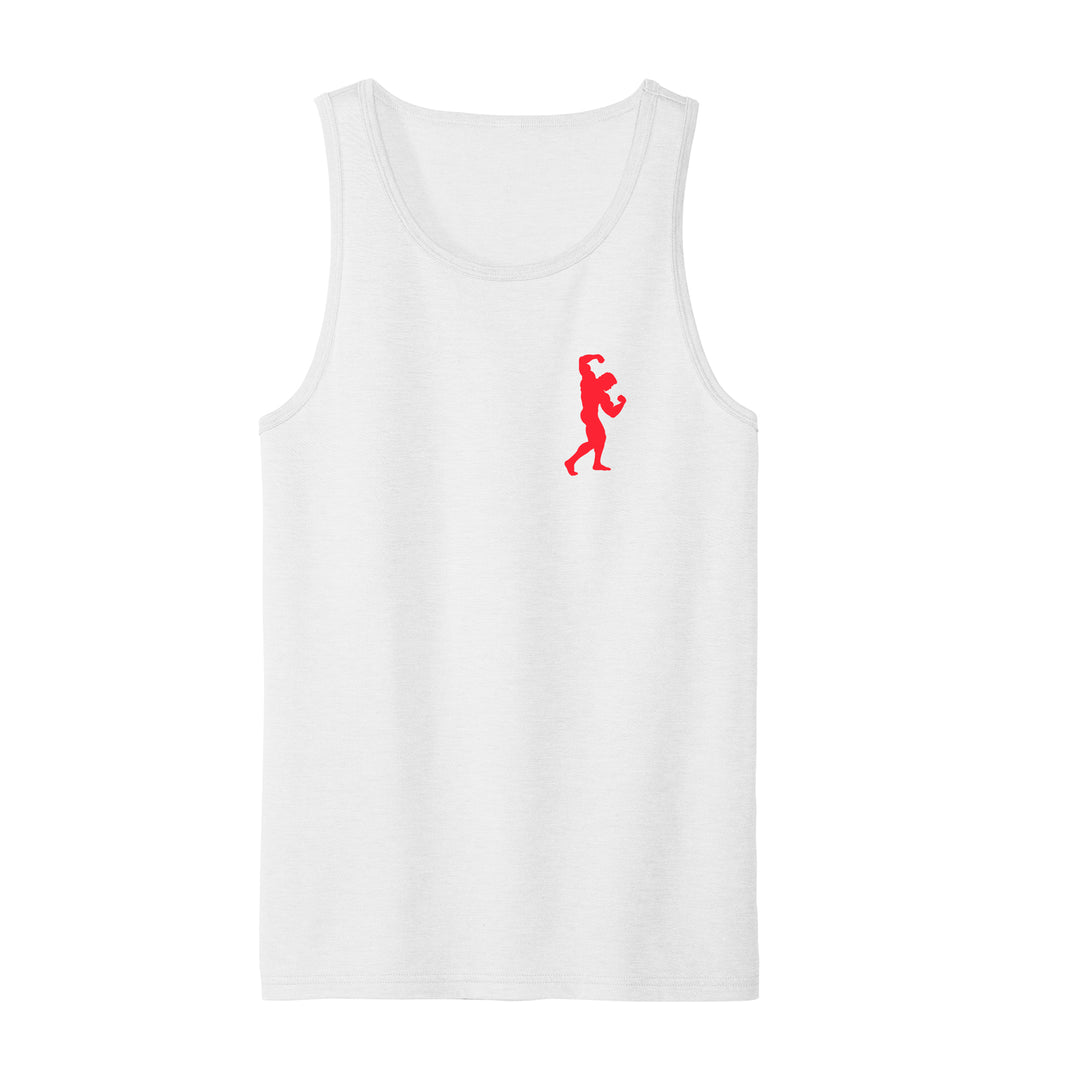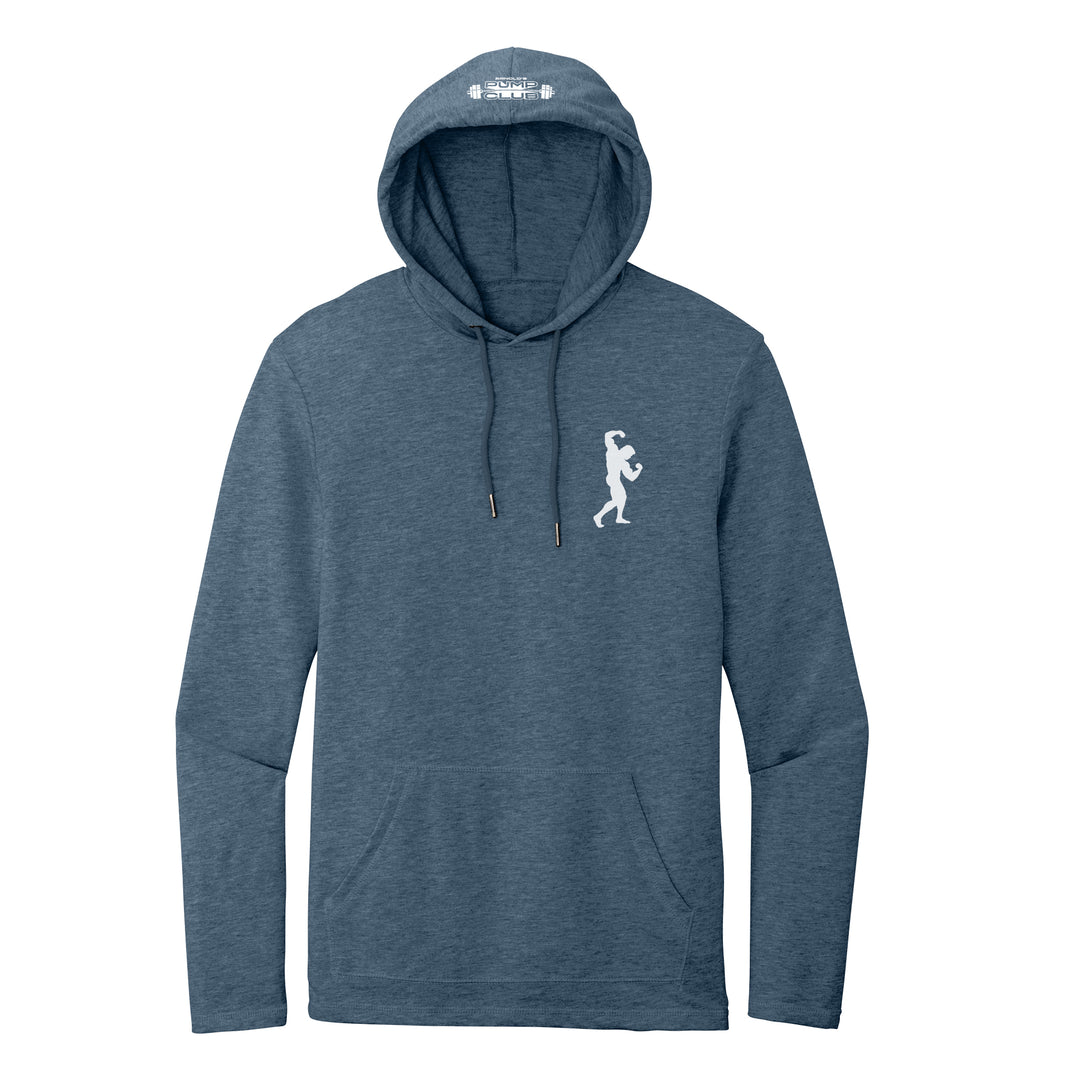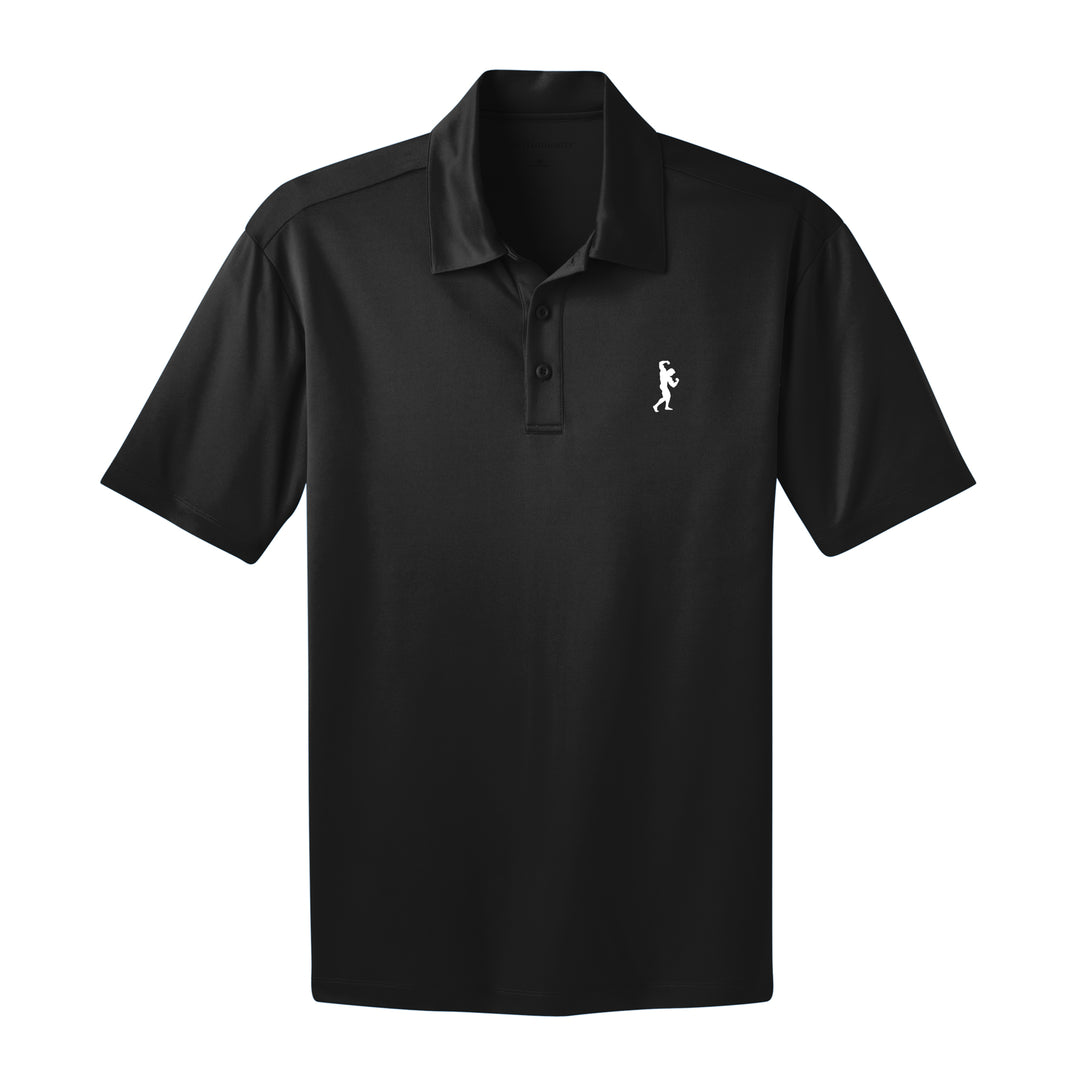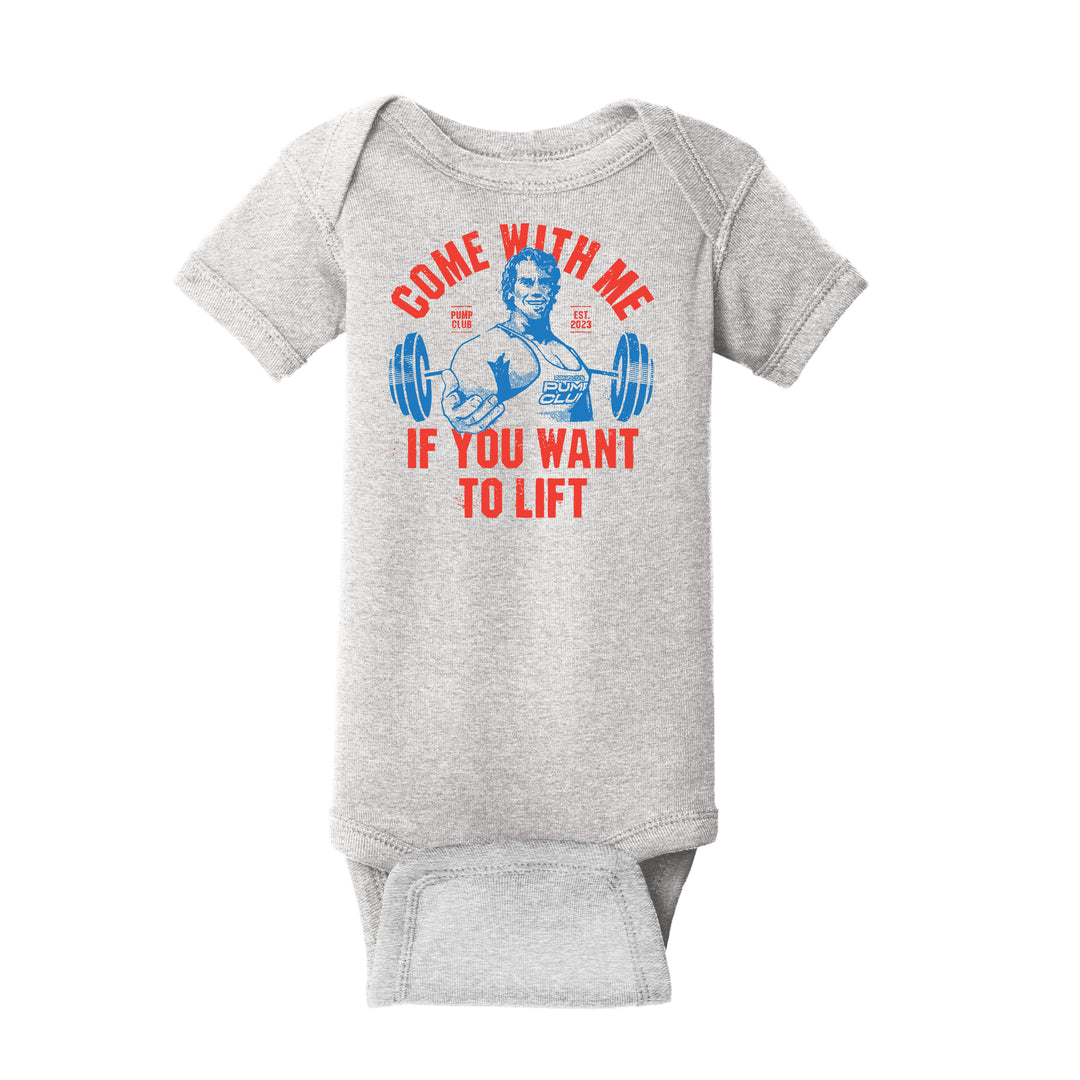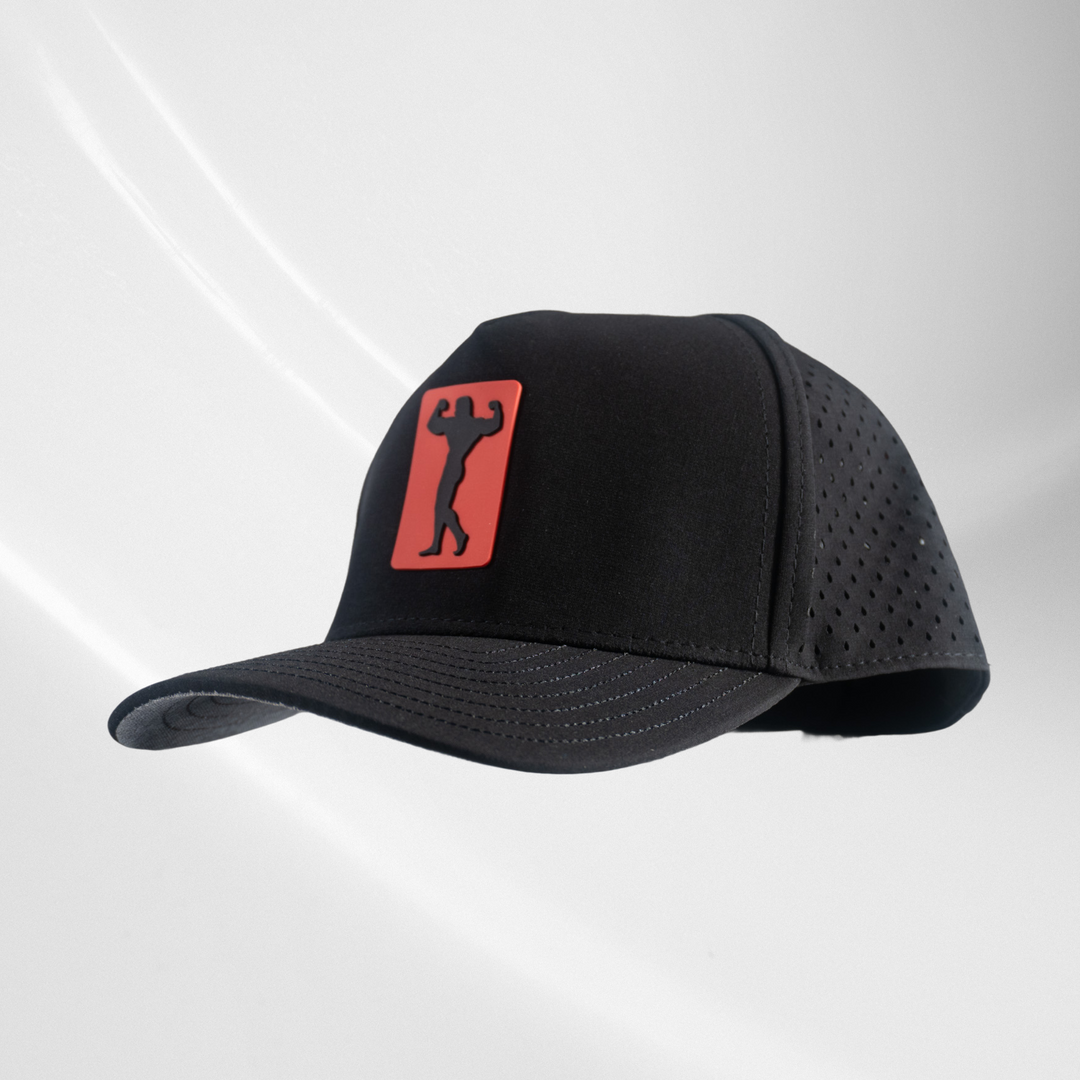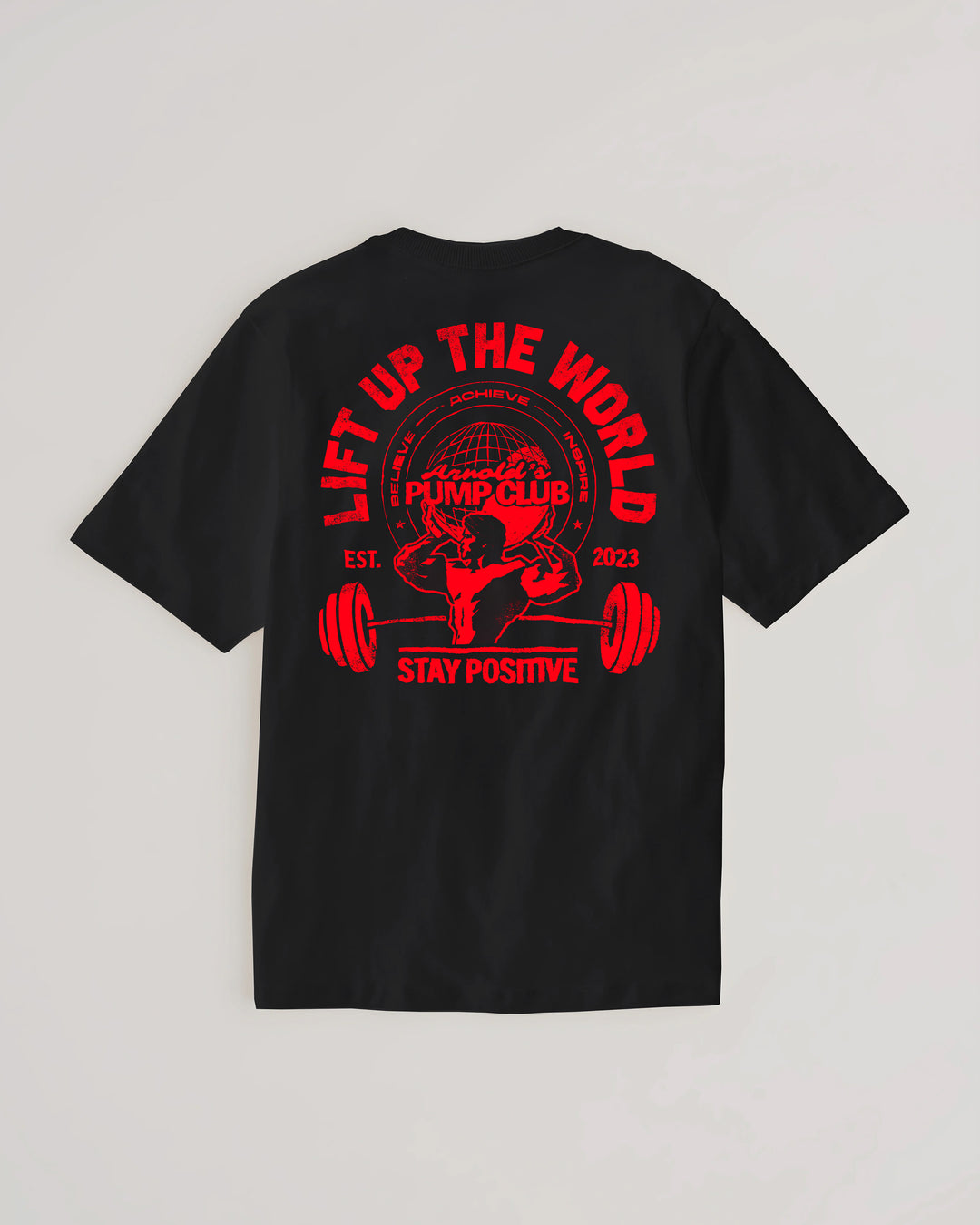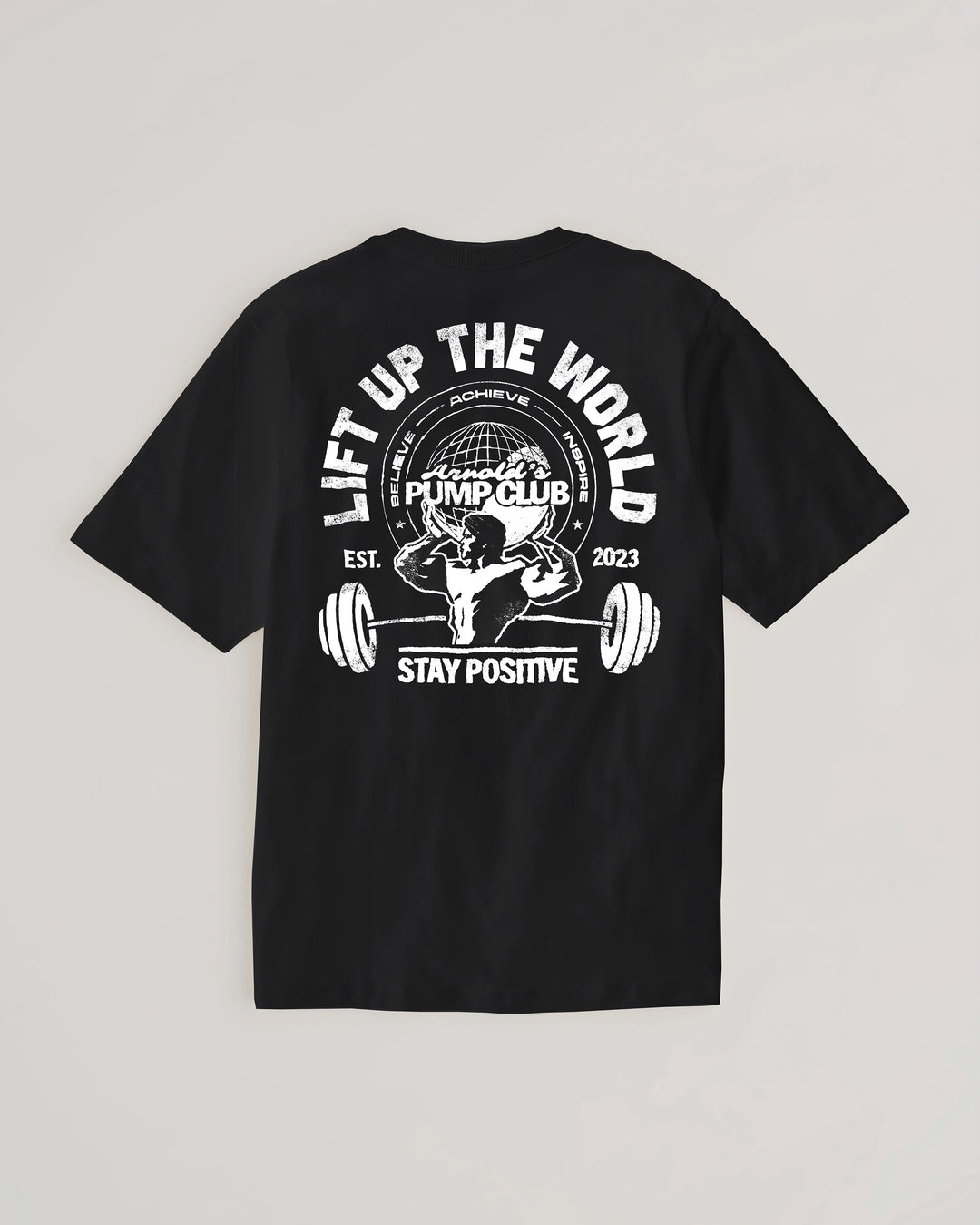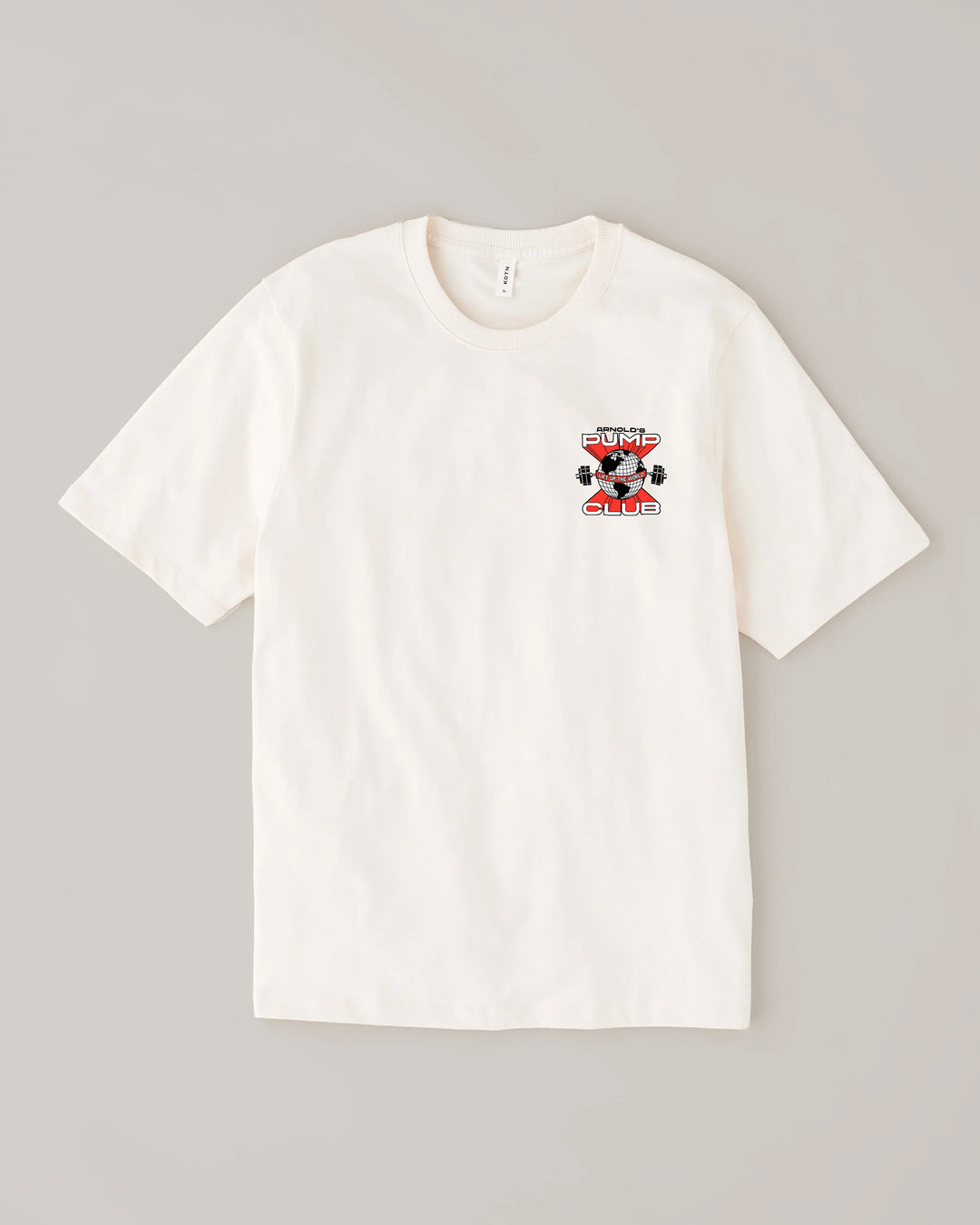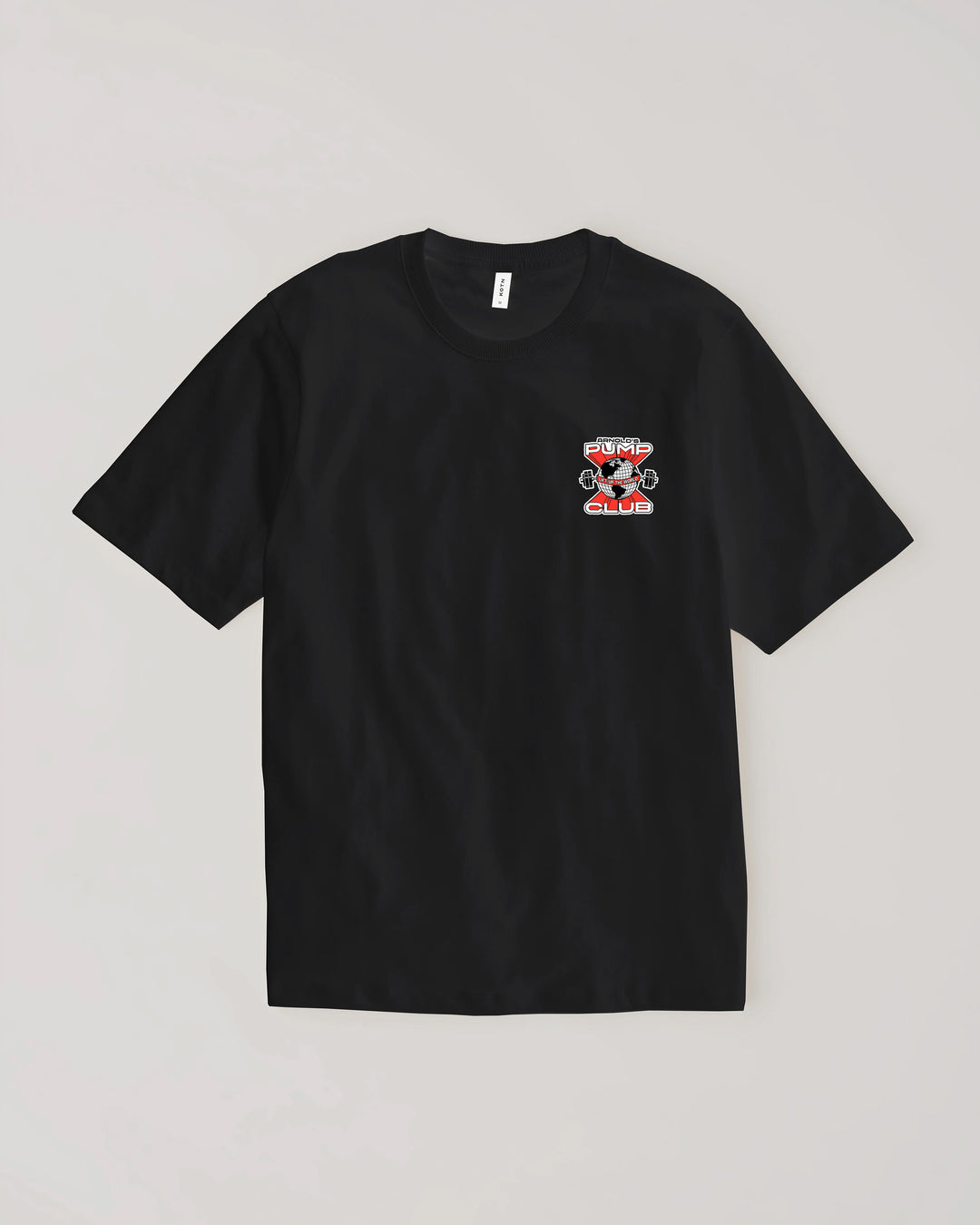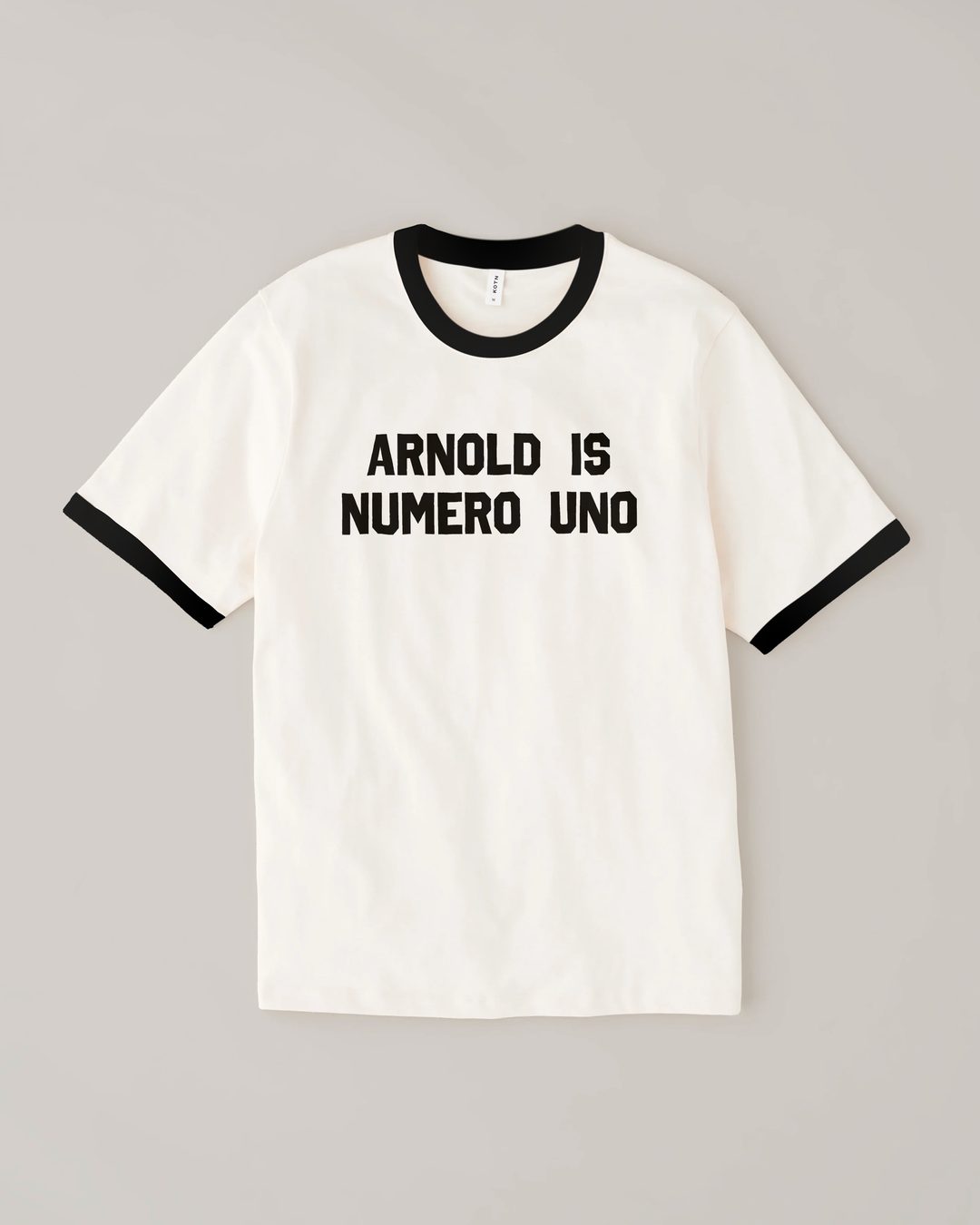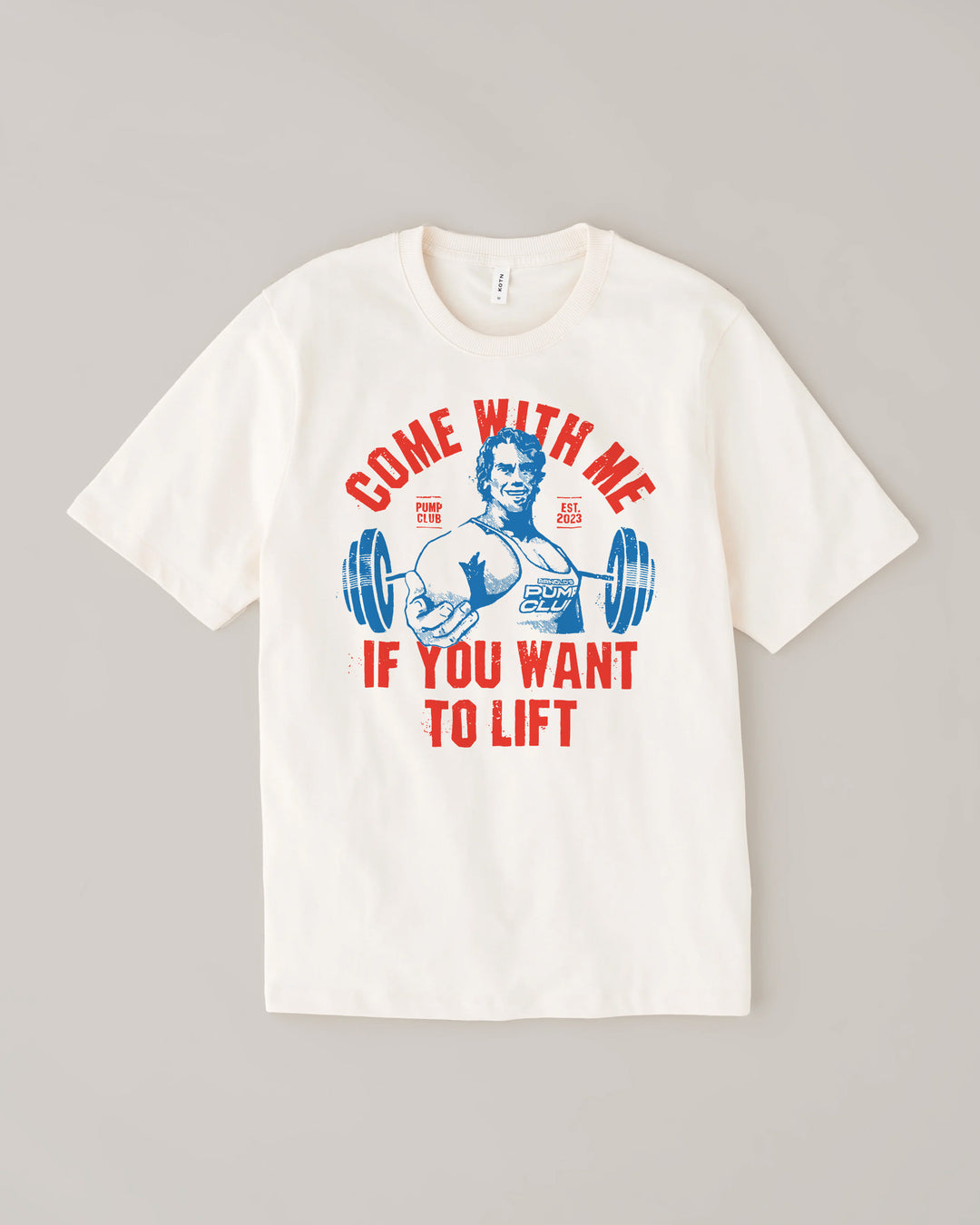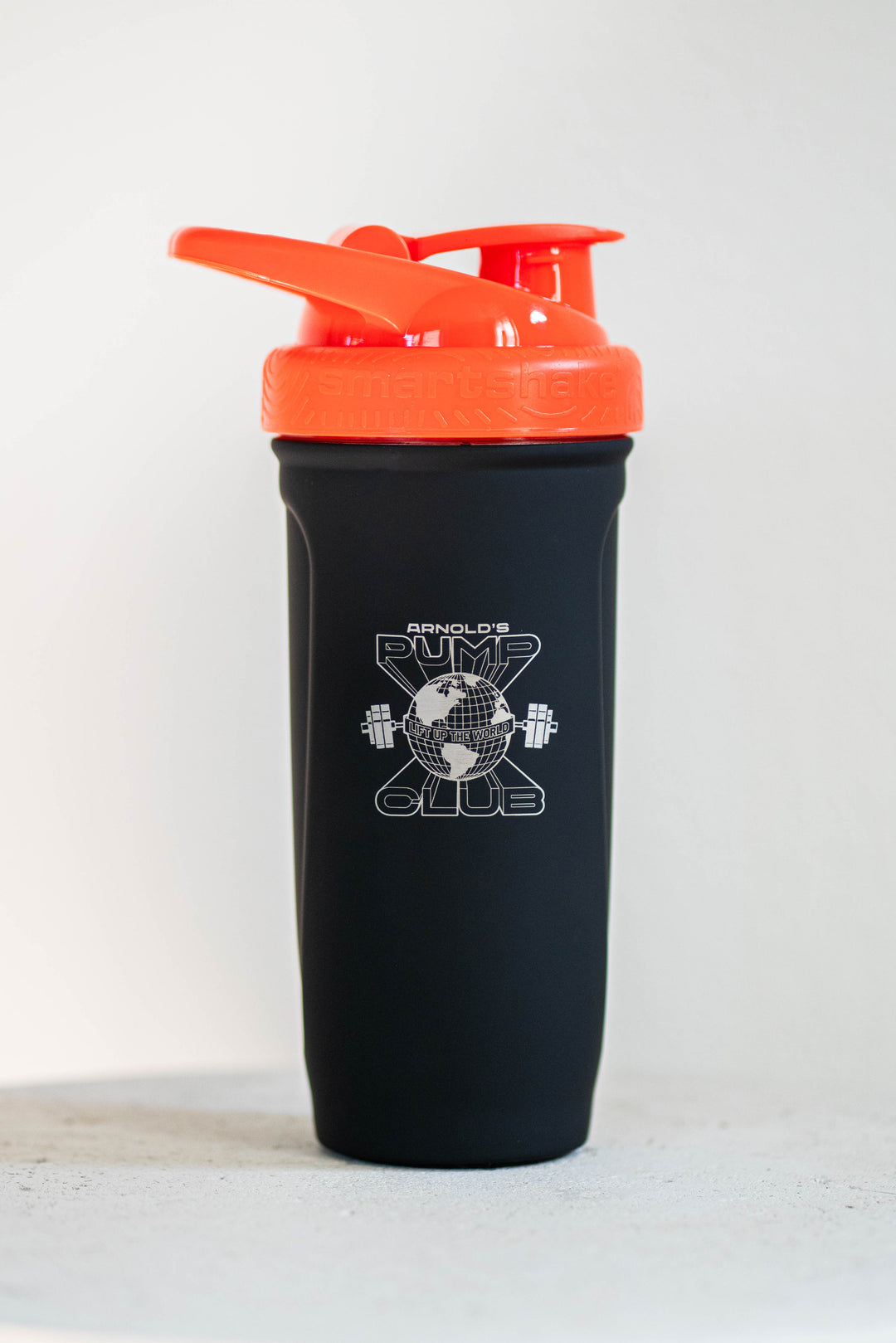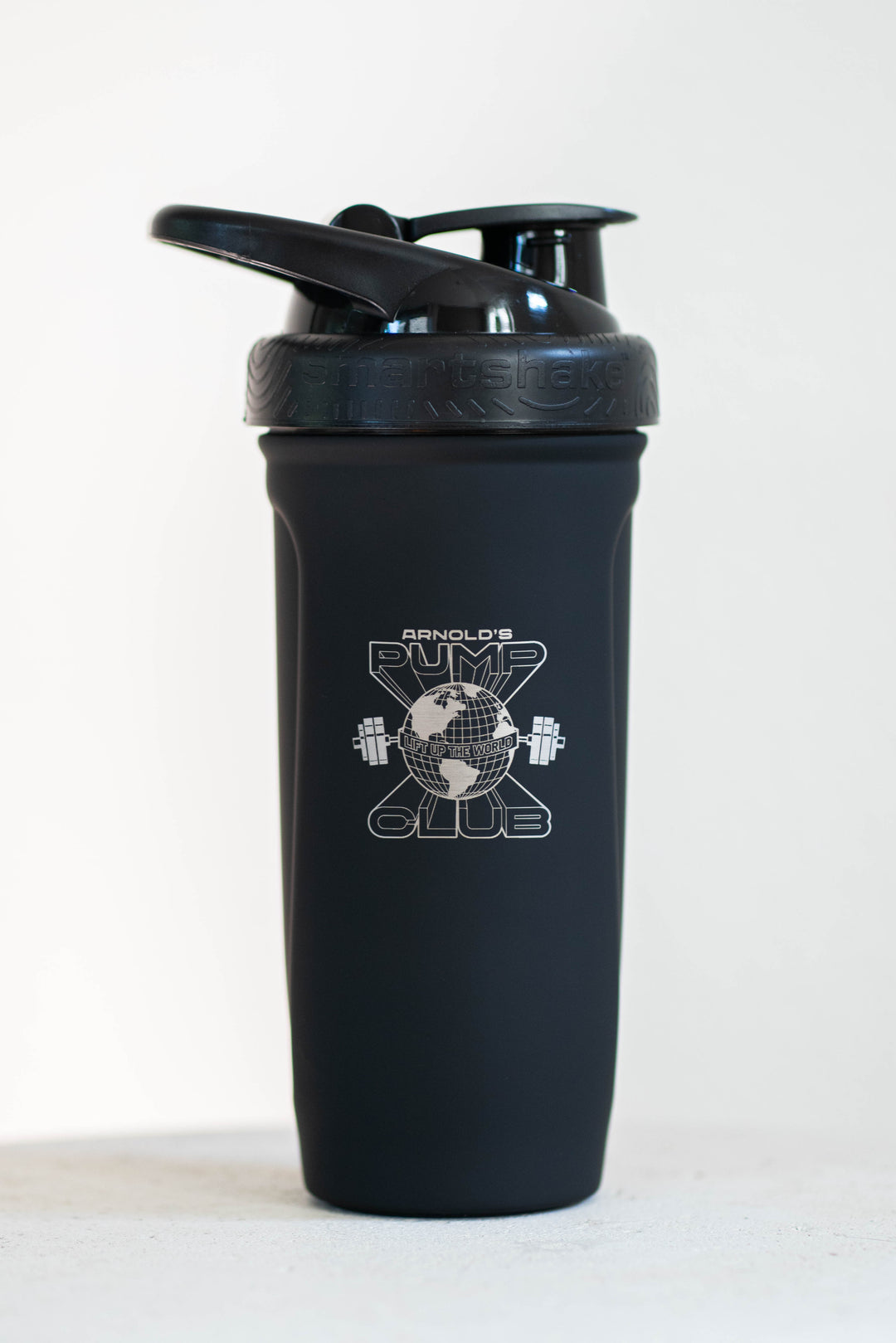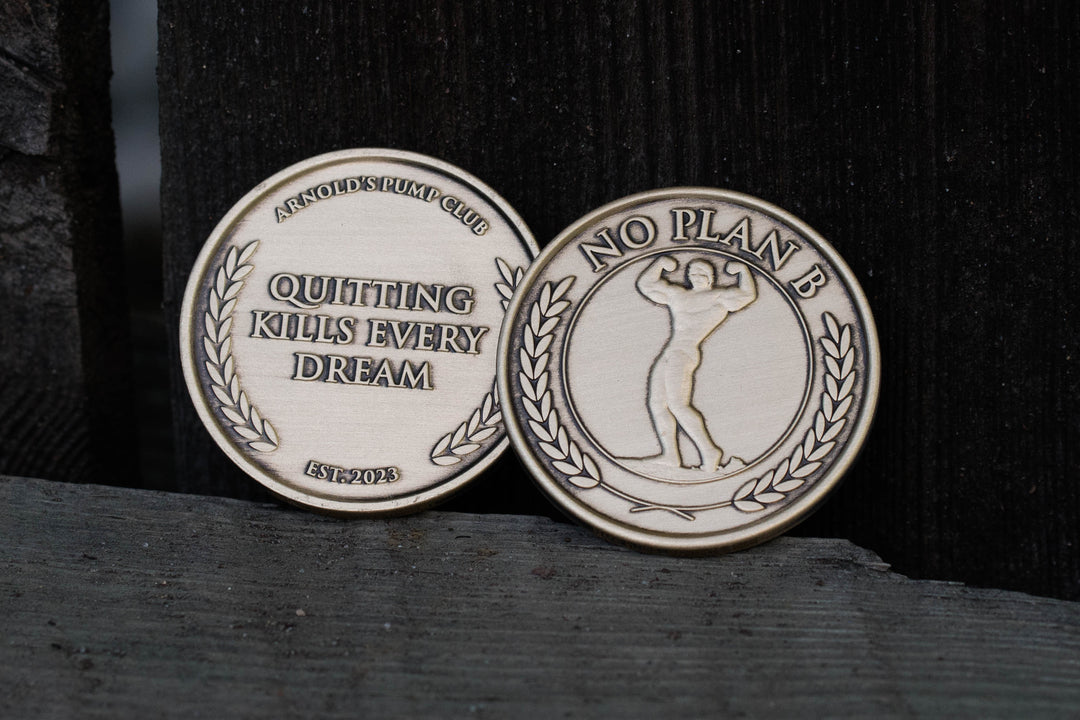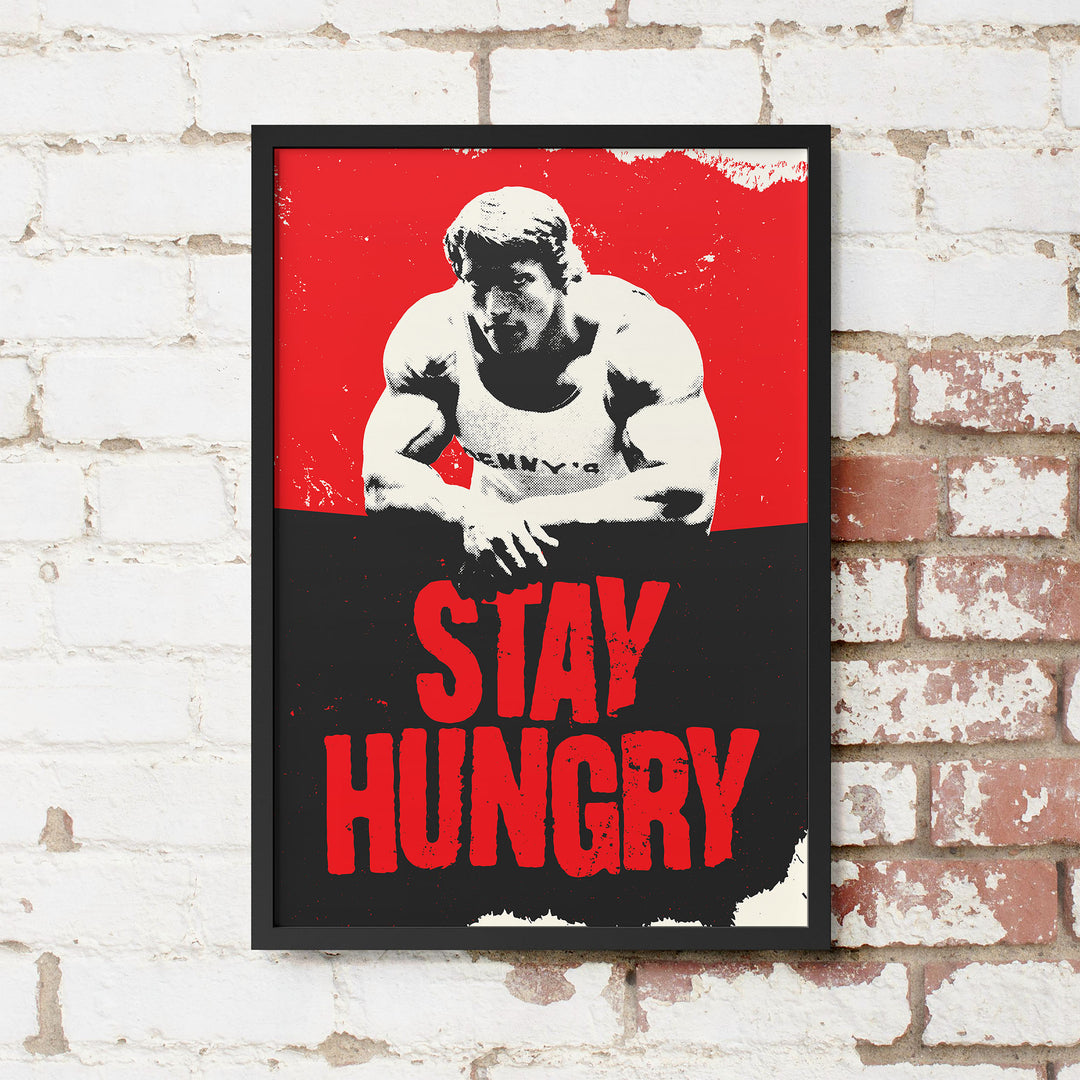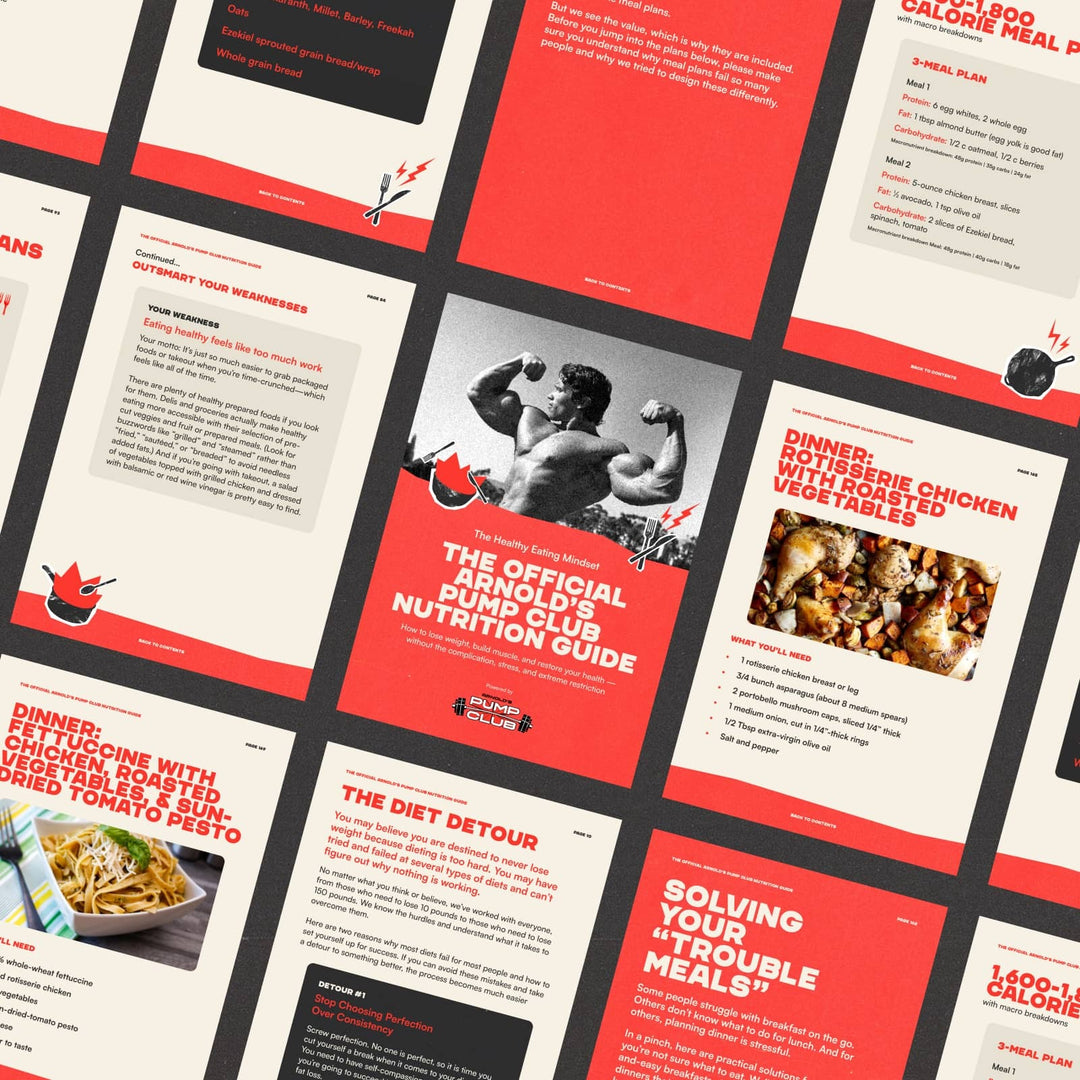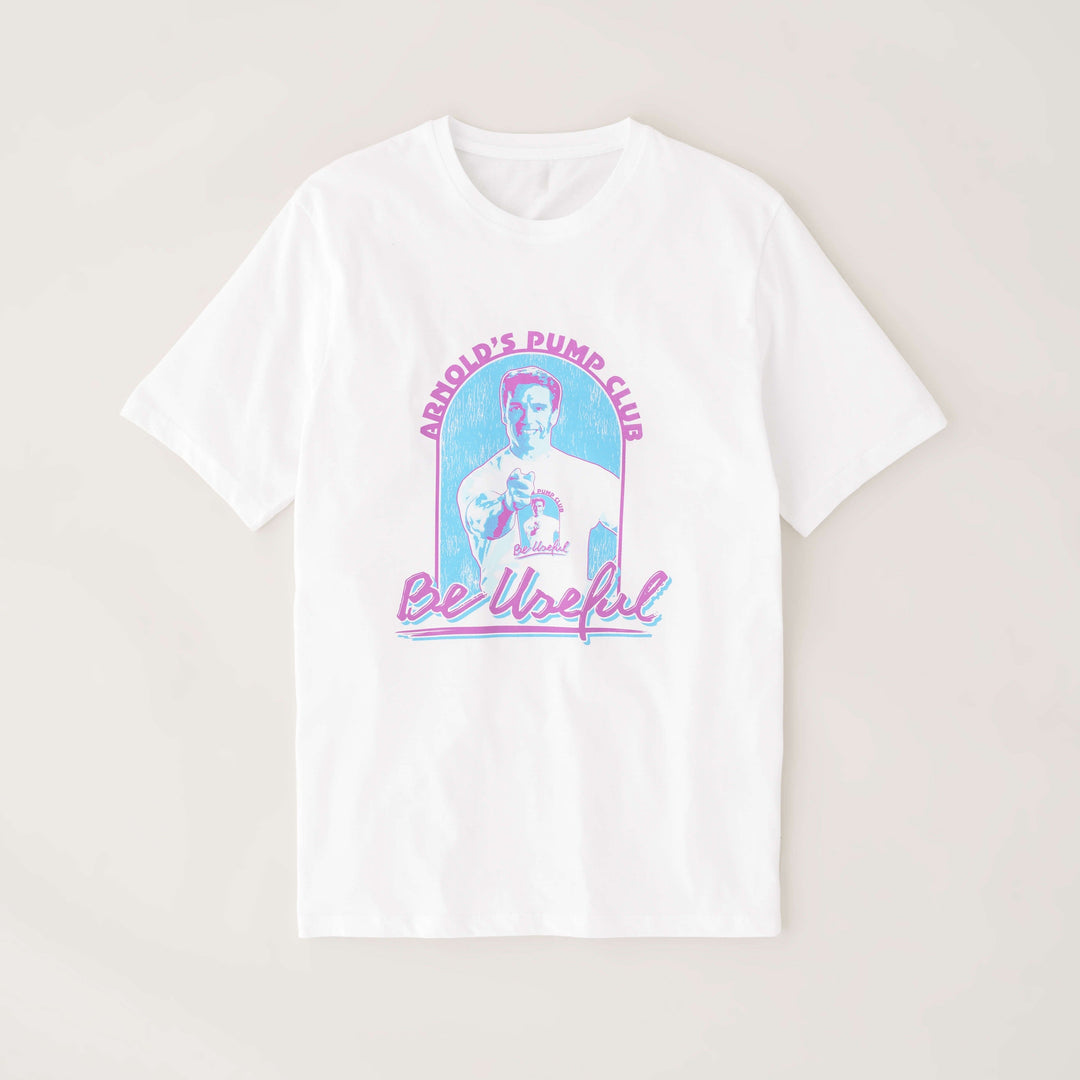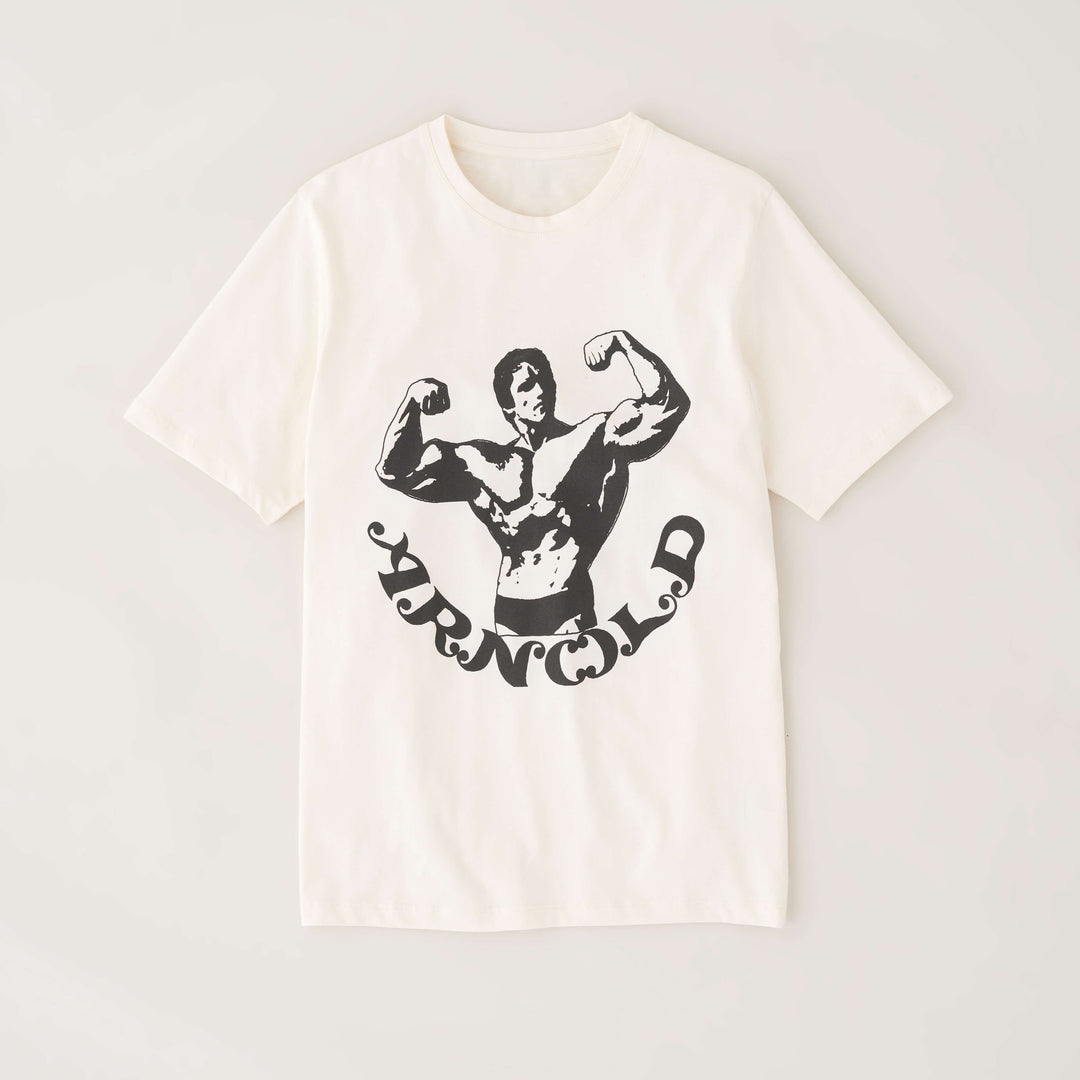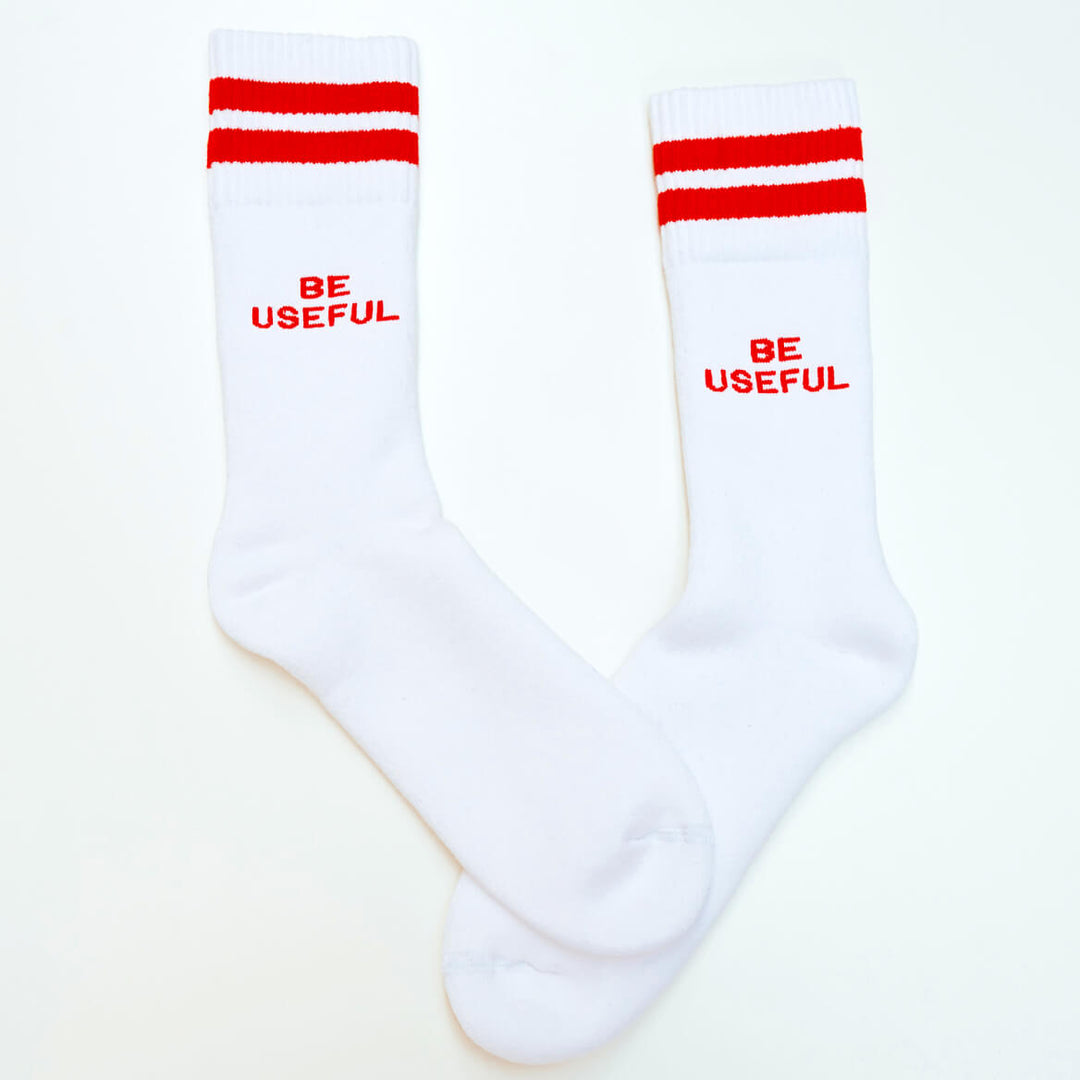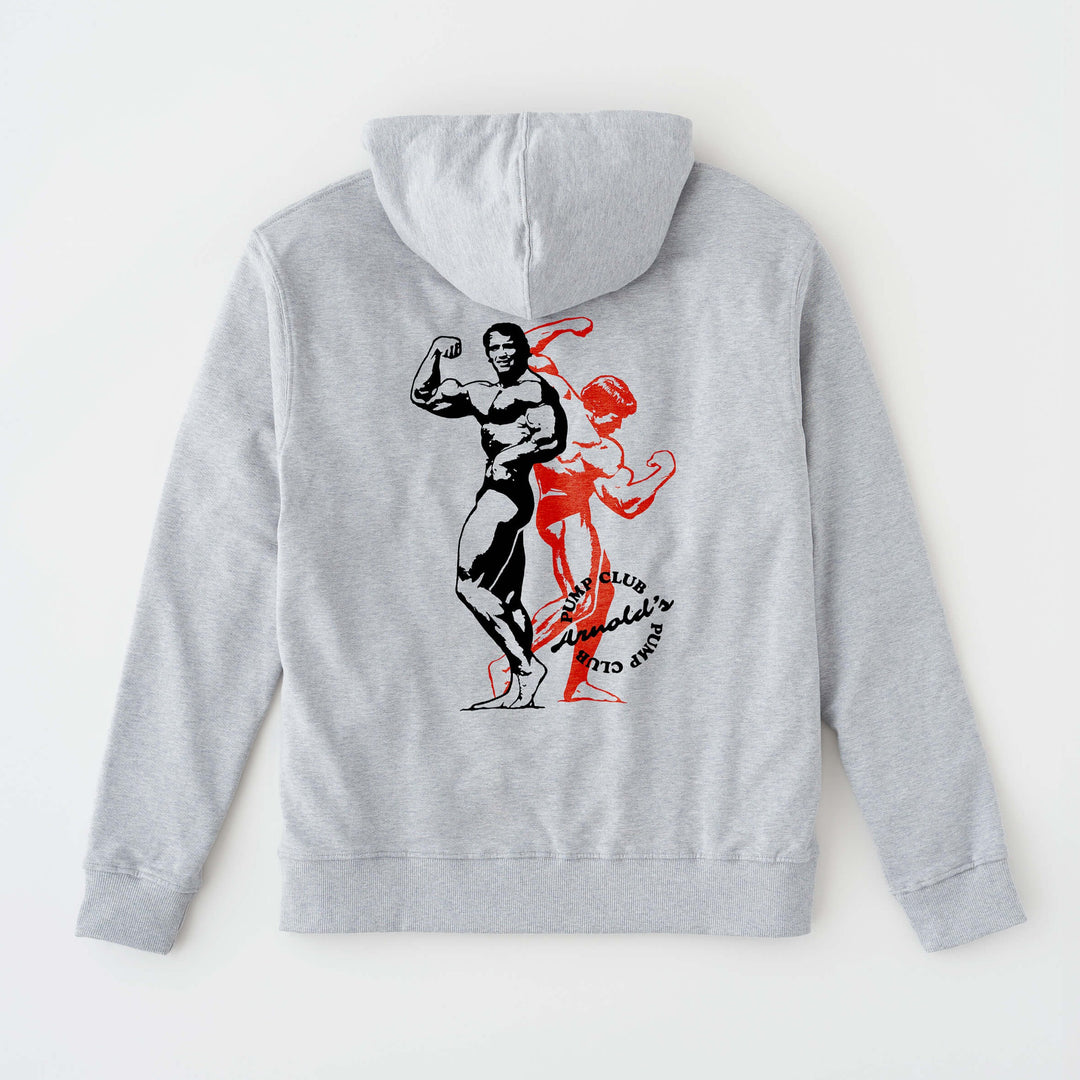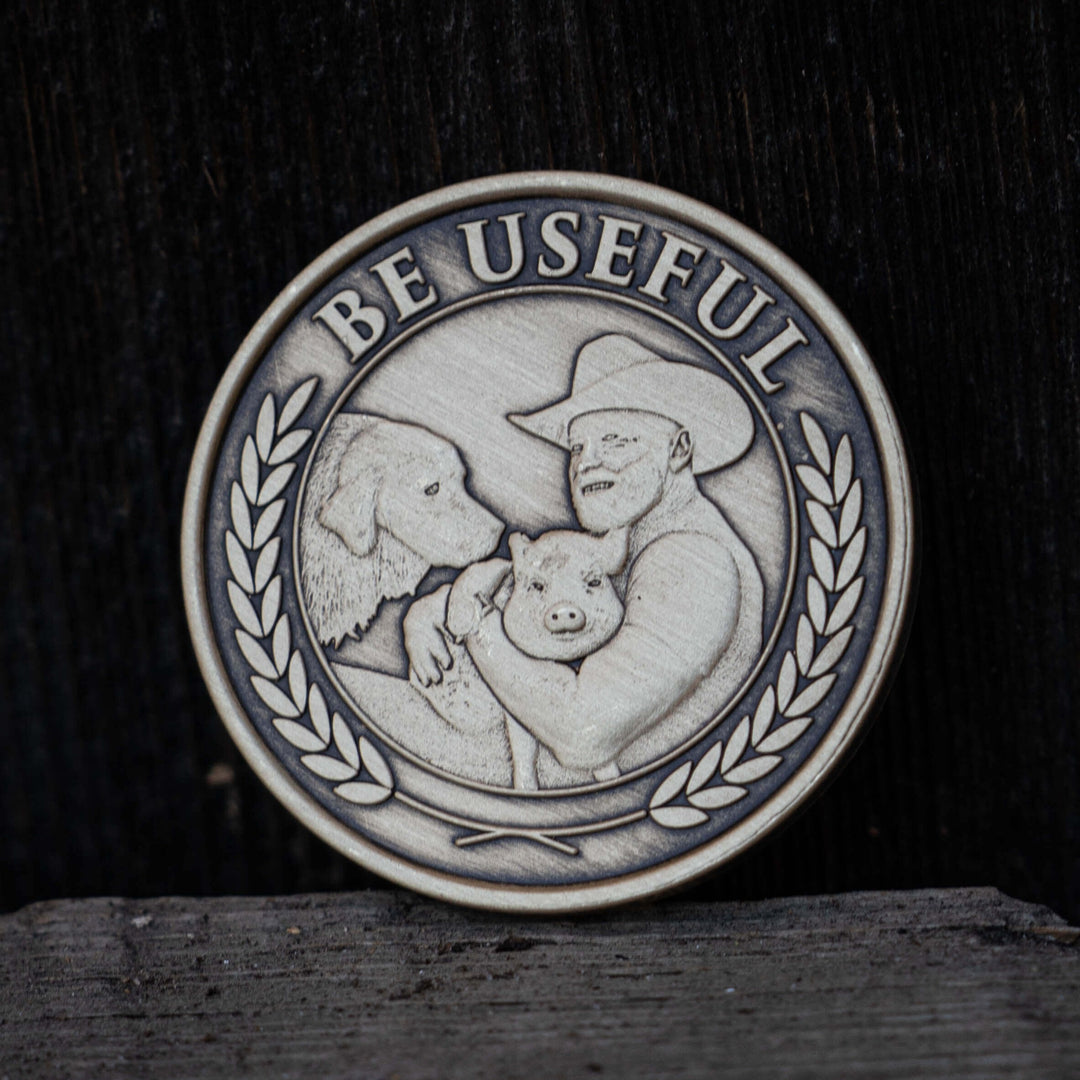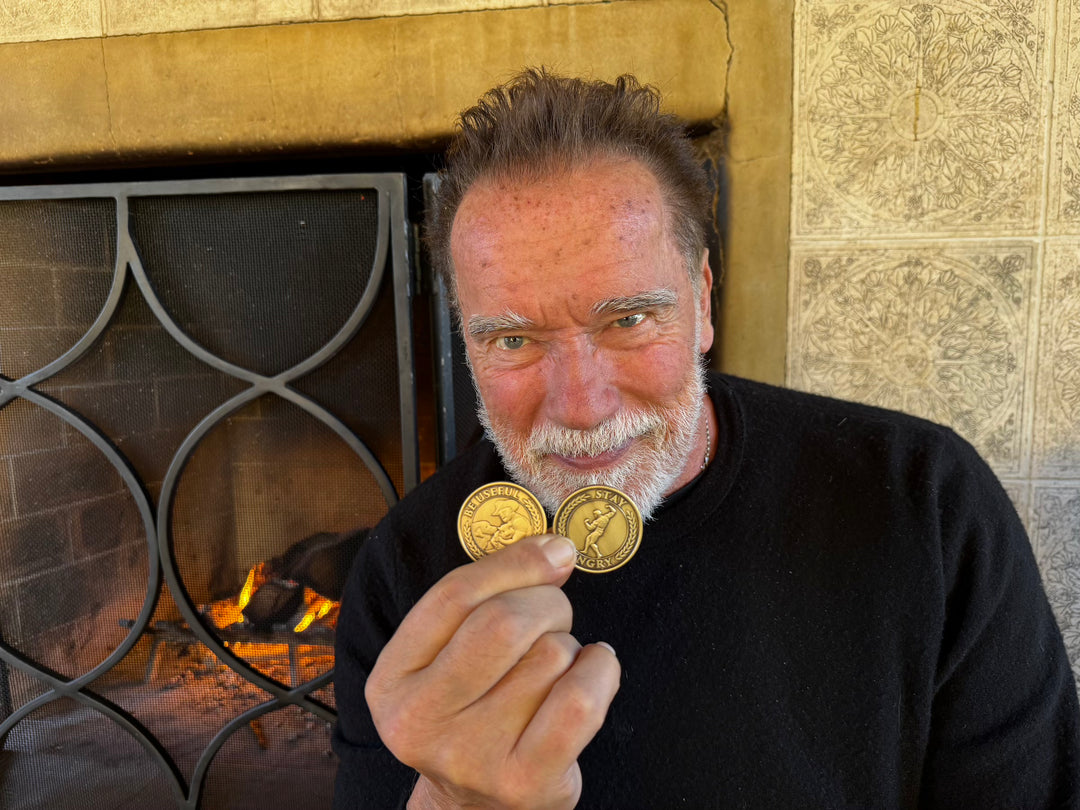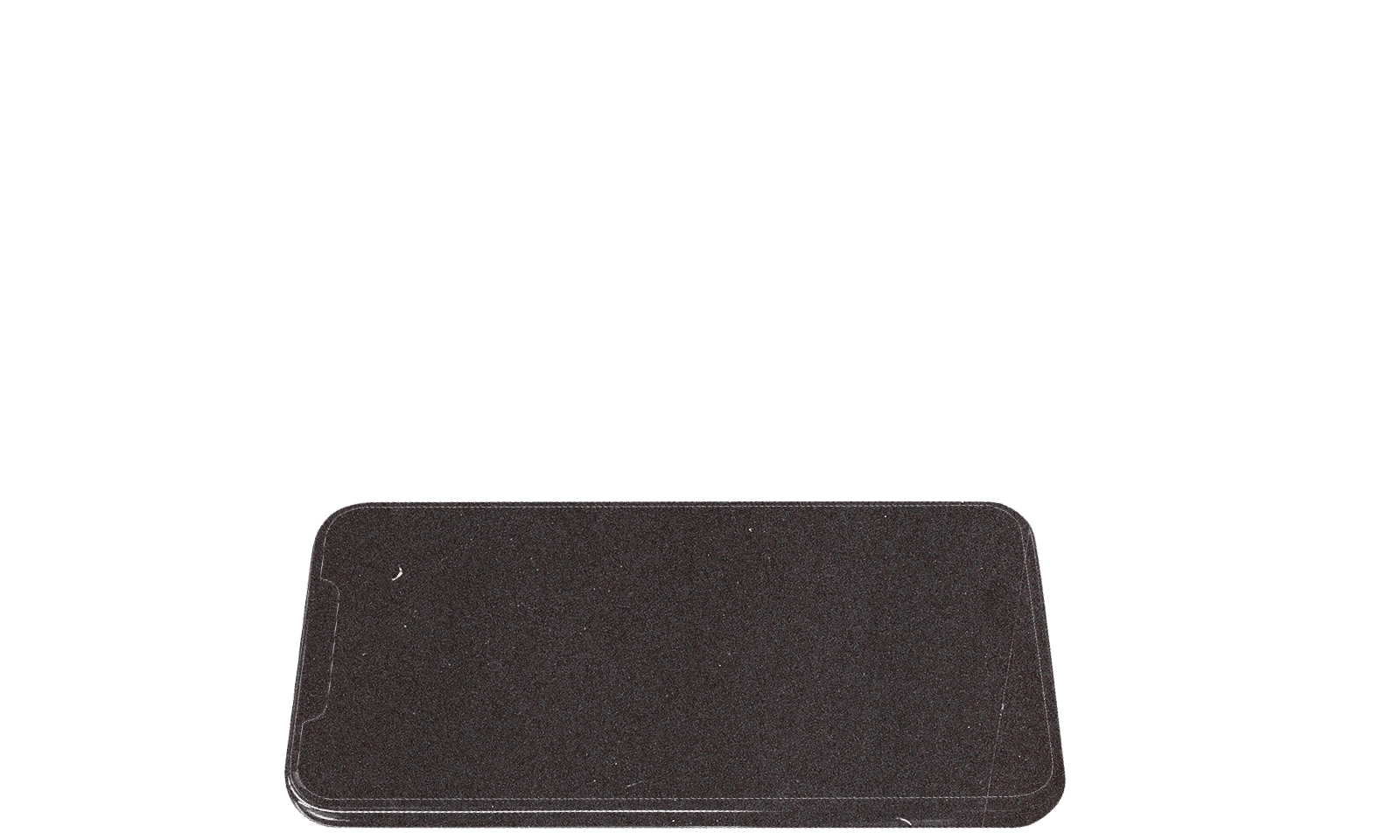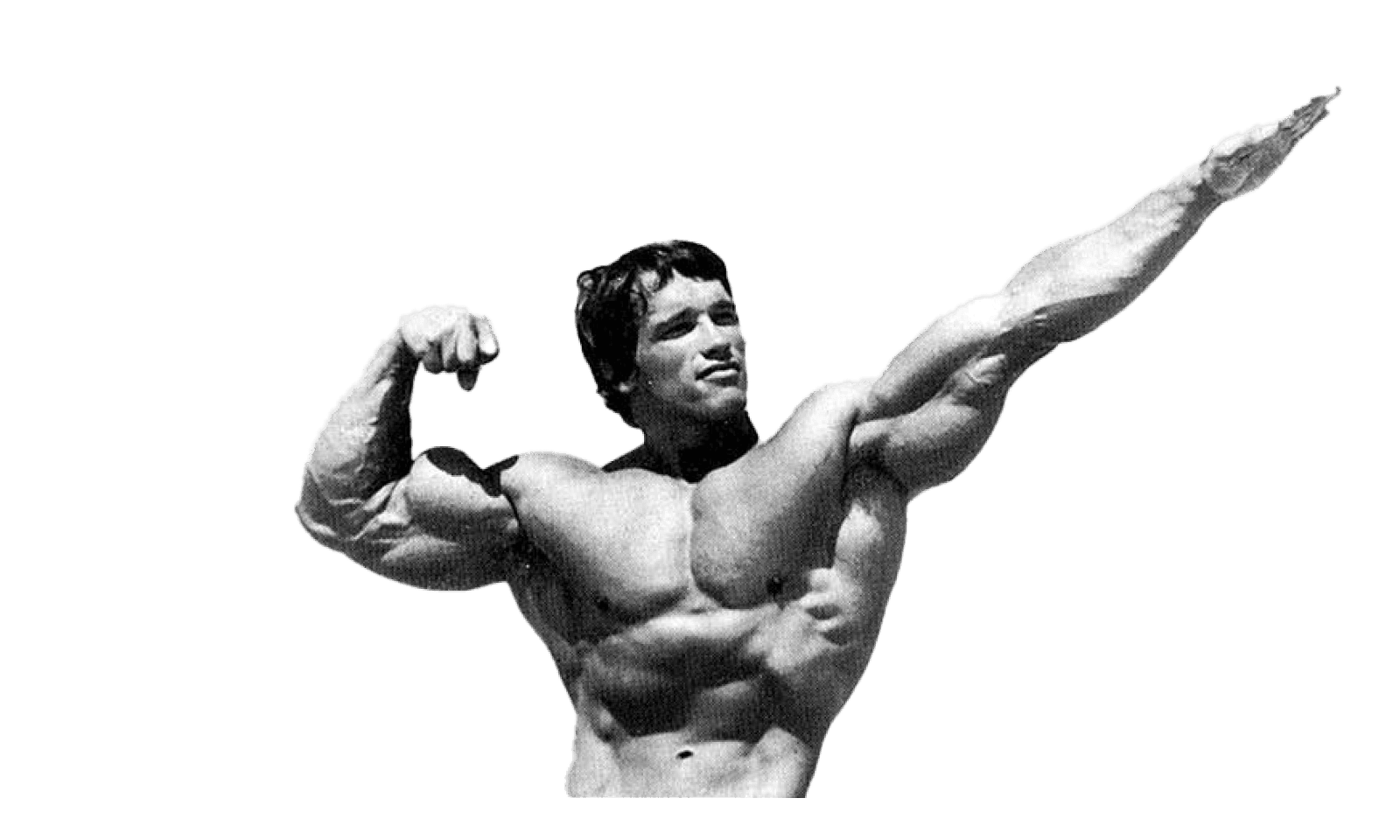Welcome to the positive corner of the internet. Every weekday, we help you make sense of the complex world of wellness by analyzing the headlines, simplifying the latest research, and providing quick tips designed to help you stay healthier in under 5 minutes. If you were forwarded this message, you can get the free daily email here.
Today’s Health Upgrade
Is gut bacteria making you overeat?
The most underrated full-body workout
A new wrinkle in the mind-body-aging connection
Foods are super
Pump up your diet
A Little Wiser (In Less Than 10 Minutes)
Arnold’s Pump Club Podcast is a daily dose of wisdom and positivity. You can subscribe on Apple, Spotify, or wherever you listen to podcasts.
On Our Radar
Does Gut Bacteria Influence Your Hunger?
Ever wonder why you reach for food even when you’re not physically hungry?
A new study explains that hunger is more complex than you might think and can be caused by three distinct mechanisms — one of which you’ve probably never heard of.
The study suggests that hunger can be controlled by homeostatic, hedonic, and microbiota-driven mechanisms, each playing a unique role in regulating your appetite and body weight. Understanding the different reasons you desire food could help you better control your cravings.
The new model identifies the following as causes that drive you to eat:
Homeostatic Hunger: This is your body’s basic need for energy. When your energy stores dip, signals from your brain and hormones (like ghrelin, which sends a message to tell your brain that you want food) kick in to make you eat.
Hedonic Hunger: This is the pleasure-driven side of eating, triggered by how good food tastes or how it makes you feel emotionally. Think of those cravings for dessert even after a big meal. Hedonic hunger can be increased or decreased in a meal.
If you were to eat plain chicken breast, you wouldn’t want to eat more at some point. This is why bland foods and non-mixed meals tend to reduce hunger. And it’s why ultra-processed foods with a mix of salt, sugar, and fat tend to increase hunger, even when you’ve consumed a lot of calories.
Microbiota-Driven Hunger: The newest addition to the hunger equation, the new study suggests that the bacteria might also influence your hunger in your gut. While more research is needed to support this theory, the idea is that microbes can send signals to your brain, prompting cravings based on their own nutritional needs or your gut health.
Not surprisingly, hedonic hunger was shown to override homeostatic hunger in environments rich in calorie-dense, highly palatable foods.
But what is most interesting is that imbalances in gut microbiota could amplify hunger signals, leading to overeating or weight gain.
In other words, the new theory suggests that targeting your gut health through diet, fiber, prebiotics, and probiotics can satisfy the microbes in your body, thereby reducing hunger and improving cravings and appetite.
If you want to manage your hunger better, the following tips can help:
Prioritize whole foods: A diet rich in fiber, lean protein, and healthy fats supports gut health and keeps homeostatic hunger in check.
Stay mindful of triggers: Recognize when you’re eating for pleasure (hedonic hunger) and try swapping unhealthy snacks for smaller, satisfying treats.
Support your microbiota: Add fermented foods like yogurt or kimchi to your diet, or consider a high-quality probiotic to promote a healthy gut.
Hunger isn’t the enemy; it’s a signal. Learn how to listen to your body, and you’ll feel more in control of your appetite and overall health.
Together With GORUCK
The Most Underrated Full-Body Workout
While many exercise trends lean into complication and innovation, an exercise as old as time could be what you need to help achieve your health goals.
Rucking, or walking with added weight, is an effective all-in-one exercise that builds strength, burns fat, boosts endurance, and improves your posture.
Researchers have found that strapping on a weighted backpack turns a regular walk into a strength-endurance hybrid.
Compared to walking, rucking can burn 2 to 3 times more calories, and some studies suggest it burns about 100 more calories per hour than jogging at a moderate pace — without the same wear and tear on your knees and hips.
In one study, participants who wore heavy packs lost three more pounds than those with lighter loads, even though they didn’t change anything about their diet or other exercise habits. Scientists believe carrying extra weight might trick your body into “thinking” it weighs more, prompting it to burn more energy even at rest.
Rucking isn’t magic — no single exercise is — but it’s about as close to a total-body upgrade as you can get. It strengthens your legs, core, and back, improves posture, and builds cardiovascular fitness all at once.
If you’re looking for a way to start rucking, GORUCK is the go-to rucksack of Arnold’s Pump Club.
We believe in rucking so much that we created two custom Pump Club rucksacks, including one with Arnold’s signature.
Their Rucker was originally designed in 2008 specifically for rucking, which means the weight sits high and tight for better stability, so you improve posture without causing back pain.
Members of the Pump app have been using GORUCK for years, and it’s their secret weapon for staying fit, even when times get chaotic.
Our favorite part? GORUCK stands behind all its products with a lifetime guarantee. So if you don’t love it, they’ll take care of you. And that’s why we feel confident recommending their rucks to the entire village. Plus, we have used them for years.
As a benefit of being part of the positive corner of the internet, you get 20% OFF your entire purchase — but it’s only valid for 5 days. Use the code “20APC2025” to unlock your exclusive discount.
Community
Ruck Yeah!
Want to ruck with other members of the Pump Club village? On Saturday, October 25th, Arnold’s Pump Club is hosting a one-of-a-kind event at Muscle Beach in Venice, CA.
We’ll ruck, we’ll deadlift, we’ll eat, hang out, and lift up the world. The APC team will be there, including Pump Club coaches.
Check it out, and come join the fun. As an APC reader, you get 30% OFF when you use the code PUMPCLUBLA30 at checkout. We hope to see you there!
Longevity
Your Mindset Might Be the Key to Staying Strong as You Age
We talk a lot about building muscle and staying active, but what if part of your physical strength came from how you think?
New research suggests that optimism isn’t just good for your mood; it’s linked to stronger bodies and faster walking speeds later in life.
Researchers tracked nearly 6,000 participants for up to 8 years, measuring their levels of optimism alongside objective tests of physical function like grip strength and walking speed. The most optimistic people walked faster and maintained stronger grips than those who were least optimistic, even after accounting for factors like depression, chronic disease, and exercise habits.
Each standard increase in optimism matched the physical function difference you’d expect from being two to three years younger.
So, what’s happening? The researchers believe optimism may help through multiple pathways: lower inflammation, healthier behaviors (like more movement and better diet), and reduced chronic stress, all of which help preserve muscle and mobility. In other words, a stronger mind may literally protect your body.
If you want to build that mental muscle, you don’t need to fake positivity. You can train optimism like any skill:
Start your day with gratitude. List three things you’re hopeful for or excited about.
Reframe challenges. Ask, “What can I learn from this?” instead of “Why me?”
Visualize success. Picture completing your next workout or goal, and how it’ll feel.
Surround yourself with optimism. The people and content around you shape your outlook more than you realize.
Aging well isn’t only about squats and meal prep; it’s also about strengthening your perspective. The science shows that training your mind to see what’s possible may keep you walking taller and stronger for years to come.
Foods Are Super
Mushrooms: The Vitamin D Powerhouse
Most of us know we need more vitamin D, but your solution might already be sitting in your fridge.
With just 15 minutes in the sun, ordinary white mushrooms can transform into one of the best natural sources of vitamin D you can eat.
White button mushrooms grown in the dark contain almost no vitamin D (about 0.1 μg per 100g). But they’re loaded with a compound called ergosterol, which acts like a vitamin D precursor. When exposed to UV light, either from the sun or a special lamp, this compound converts into vitamin D.
In studies, placing mushrooms in 15 to 20 minutes of sunlight produced vitamin D to support your daily needs. The vitamin D stays stable for up to a week in the fridge and even survives cooking (retaining up to 88% of its potency). And when researchers tested absorption in humans, they found that mushroom-derived vitamin D raised blood levels just as effectively as supplements.
Here’s how to do it yourself:
Slice your mushrooms. More surface area means more vitamin D.
Lay them gill-side up on a plate or tray.
Place them in direct midday sun for 15–30 minutes (longer if it’s winter).
Cook and enjoy within a week.
If you’d rather skip the DIY, look for “UV-treated” mushrooms at the store. They’ve already been exposed to light, which activates vitamin D.
This simple, science-backed trick gives you a free, plant-based way to boost your vitamin D naturally, no supplements required, just a little sunshine and smart prep.
Pump Up Your Diet
Garlic Butter Sun-Soaked Mushrooms
Need a tasty way to sneak mushrooms into your diet? We have you covered. This quick recipe will give you the perfect Vitamin D-loaded side dish that pairs well with eggs, steak, pasta, or other roasted vegetables.
Prep time: 5 minutes
Cook time: 10 minutes
Ingredients:
2 cups sun-exposed sliced white mushrooms (or UV-treated mushrooms)
1 tablespoon olive oil or butter
2 cloves garlic, minced
½ teaspoon sea salt
¼ teaspoon black pepper
1 teaspoon chopped fresh thyme or parsley (optional)
Squeeze of lemon juice
Directions:
Heat it up: Warm the olive oil or butter in a large skillet over medium heat.
Add flavor: Toss in the garlic and stir for about 30 seconds until fragrant.
Cook the mushrooms: Add the sliced mushrooms, salt, and pepper. Sauté for 6-8 minutes, stirring occasionally, until golden brown and tender.
Finish strong: Sprinkle with herbs and a squeeze of lemon before serving.
If you’re short on time, make a big batch, refrigerate, and add them to meals throughout the week. It’s a quick way to sneak in extra nutrients and flavor.
Better Today
Take any of these tips from today’s email and put them into action:
Why You Feel Hungry Even After Eating: Scientists Identify Three Different Types of Hunger: New research reveals why you crave food even when you're full: your body experiences three types of hunger including physical energy needs, emotional food cravings, and hunger signals from gut bacteria.
Rucking Benefits: Walking with Weighted Backpack Burns 2-3X More Calories: Rucking, or walking with a weighted backpack, burns 2-3 times more calories than regular walking and 100 more calories per hour than jogging while building full-body strength, improving posture, boosting cardiovascular fitness.
How Being Optimistic Can Improve Your Fitness: Research suggests that optimistic people maintain stronger grip strength and faster walking speeds as they age, with each increase in optimism matching the physical function of being 2-3 years younger.
How to Boost Vitamin D in Mushrooms: White button mushrooms exposed to 15-30 minutes of direct sunlight provide a natural, plant-based vitamin D source that remains stable for up to a week in the refrigerator and retains 88% potency after cooking.
—
Publisher: Arnold Schwarzenegger
Editors-in-chief: Adam Bornstein and Daniel Ketchell


